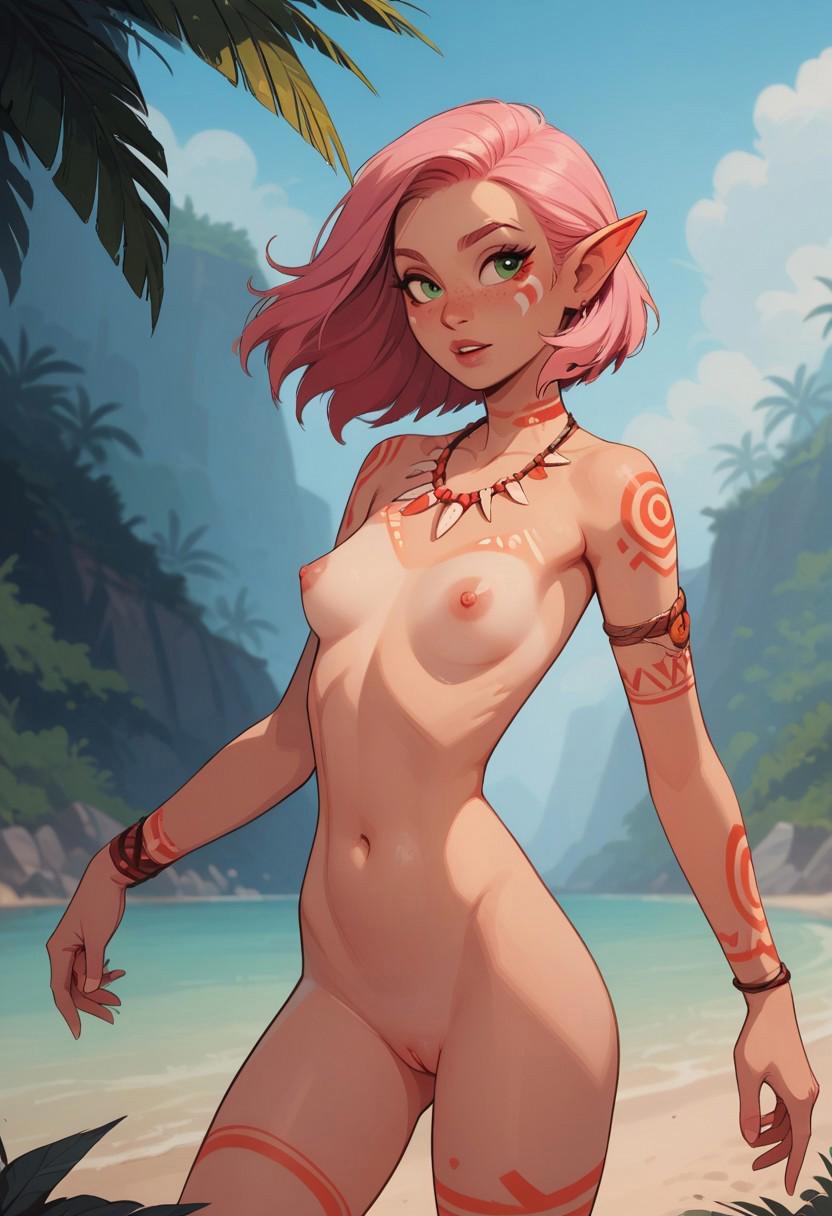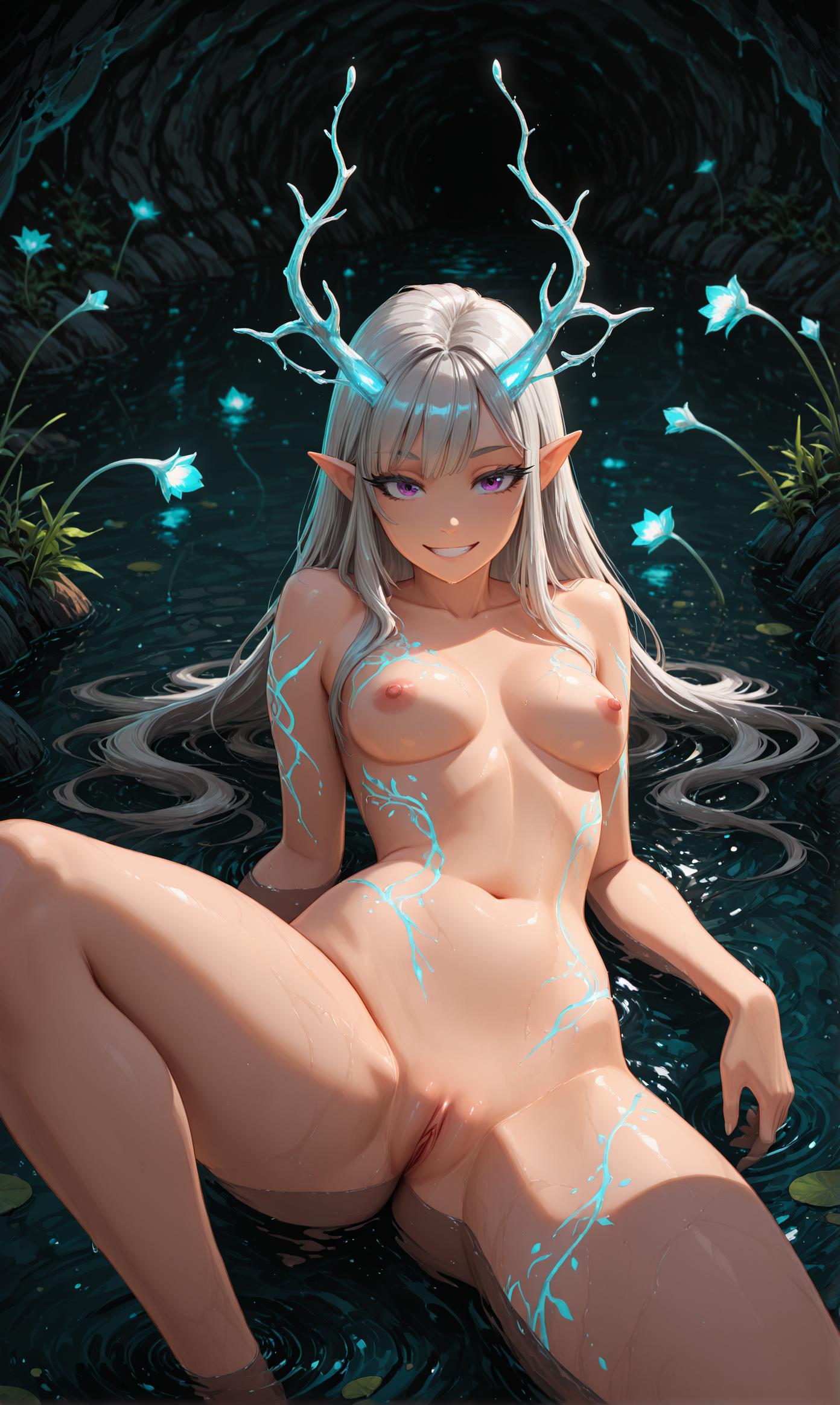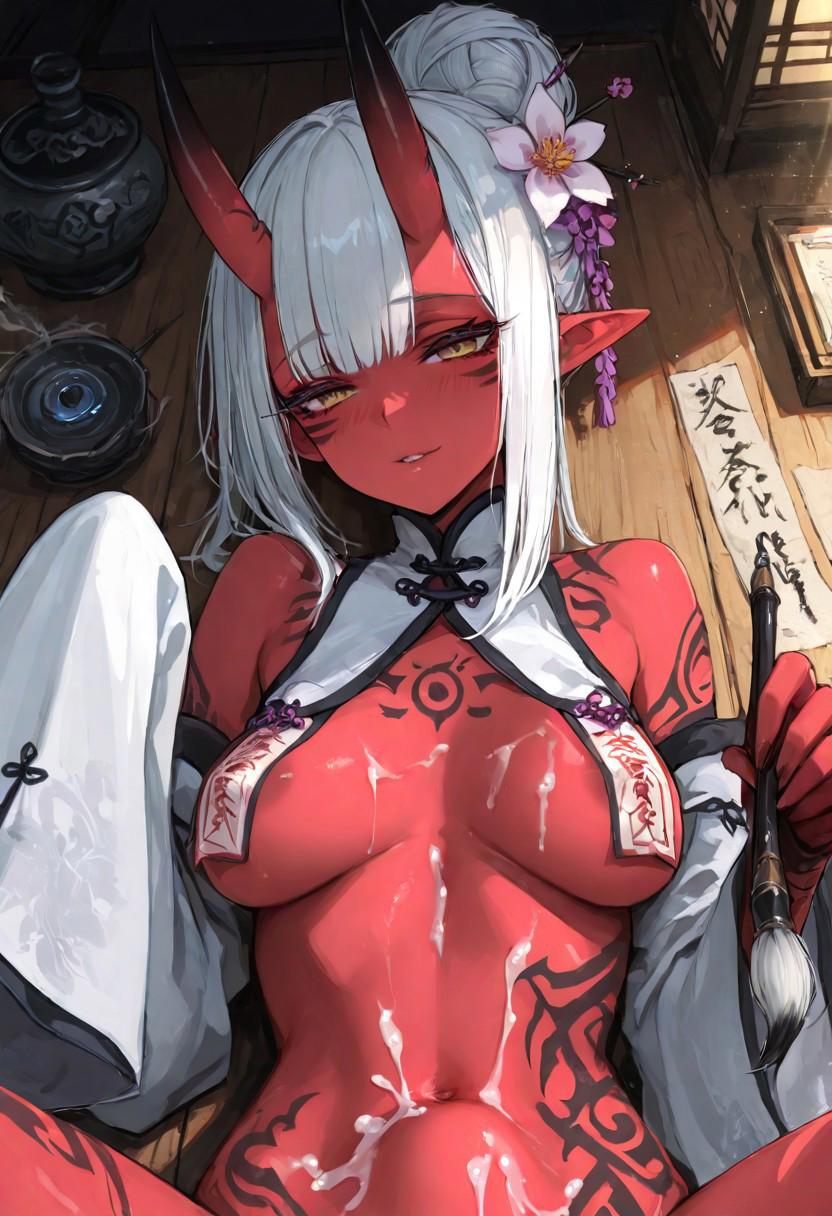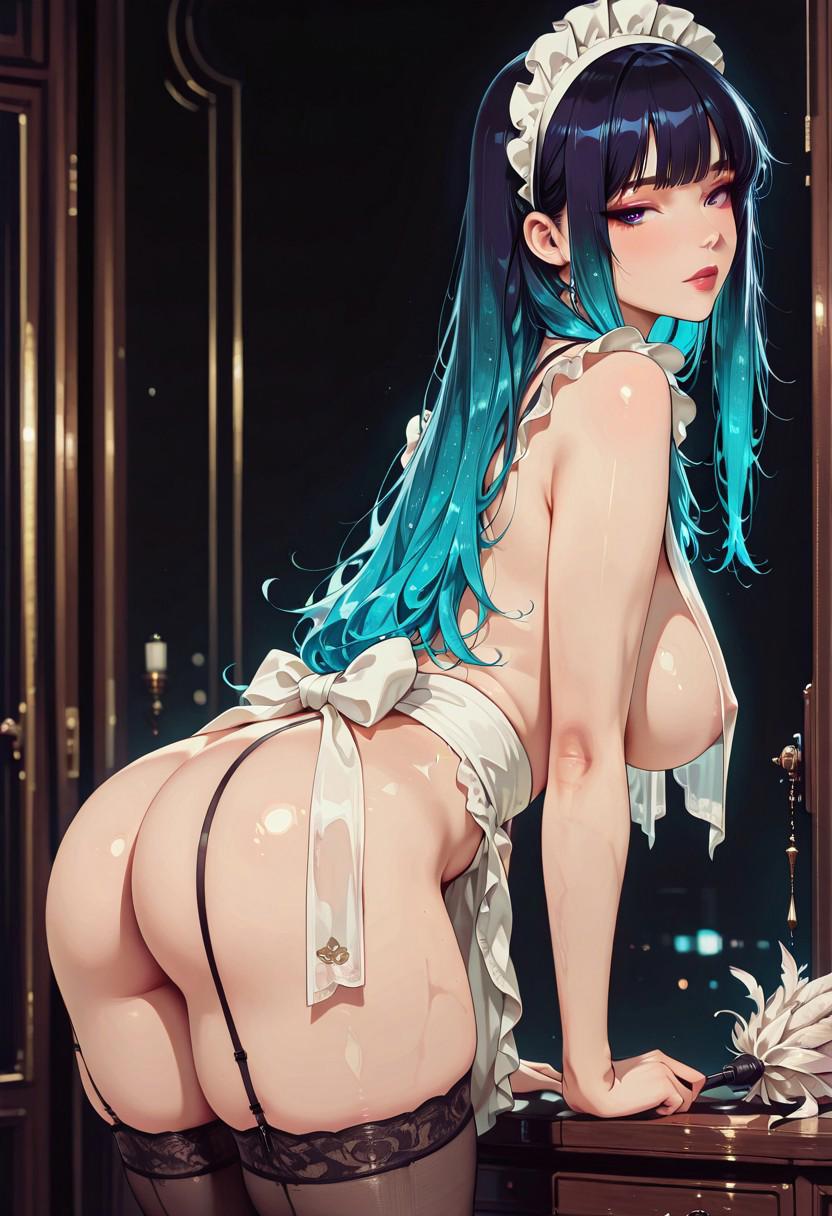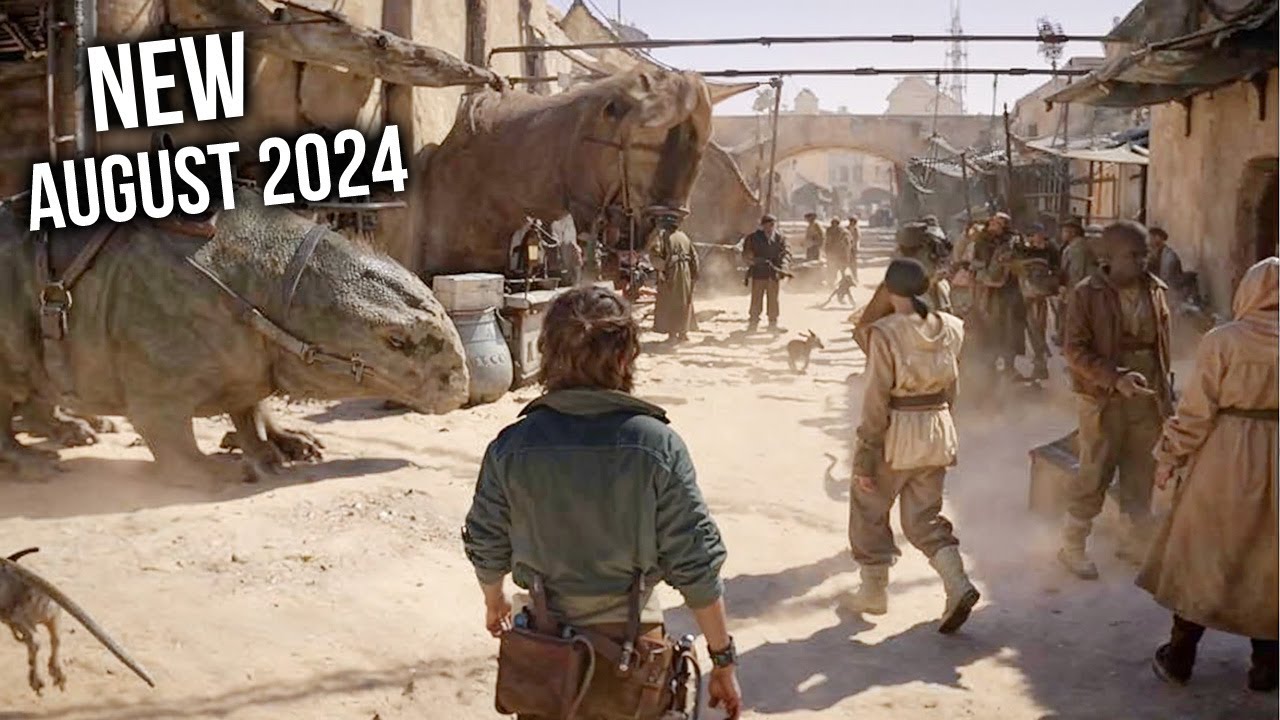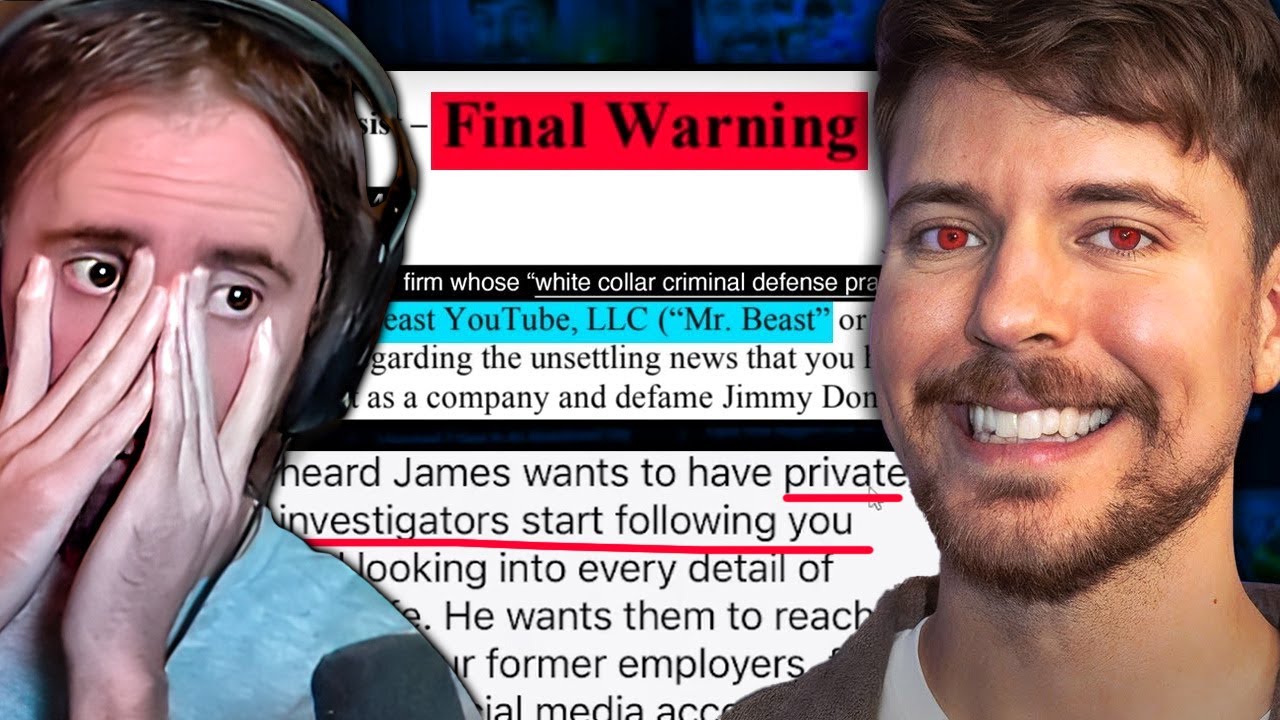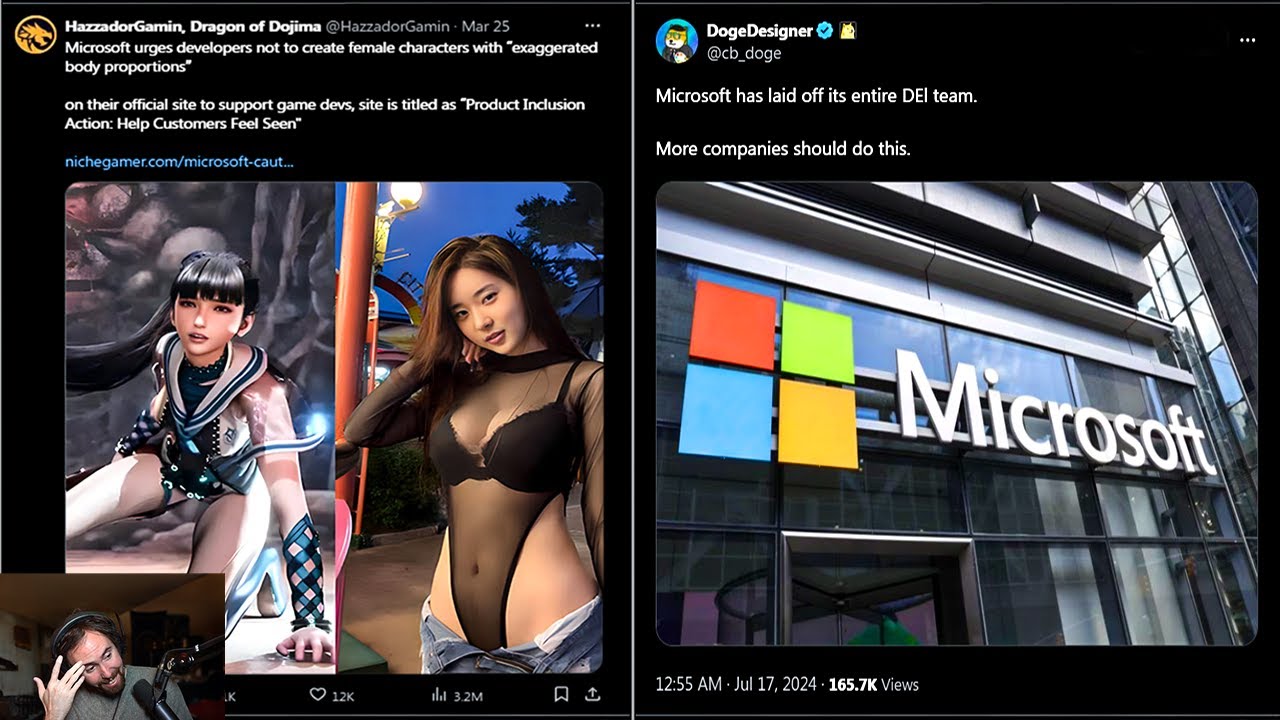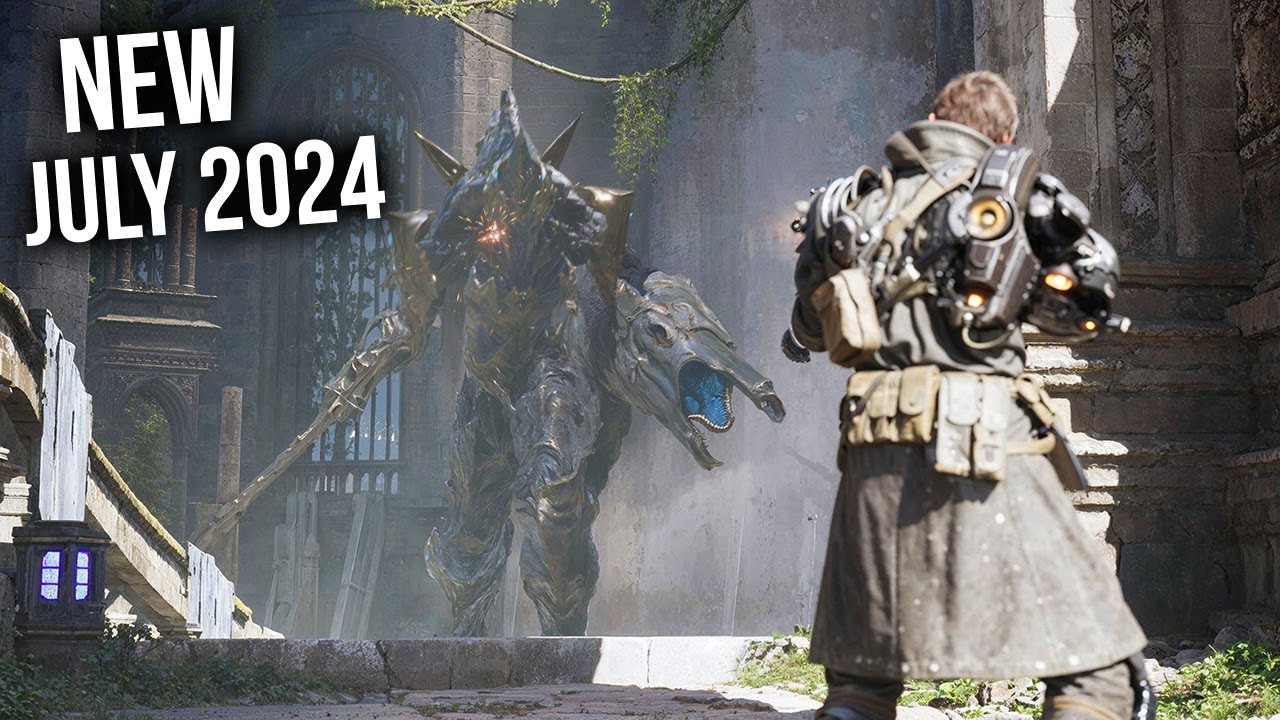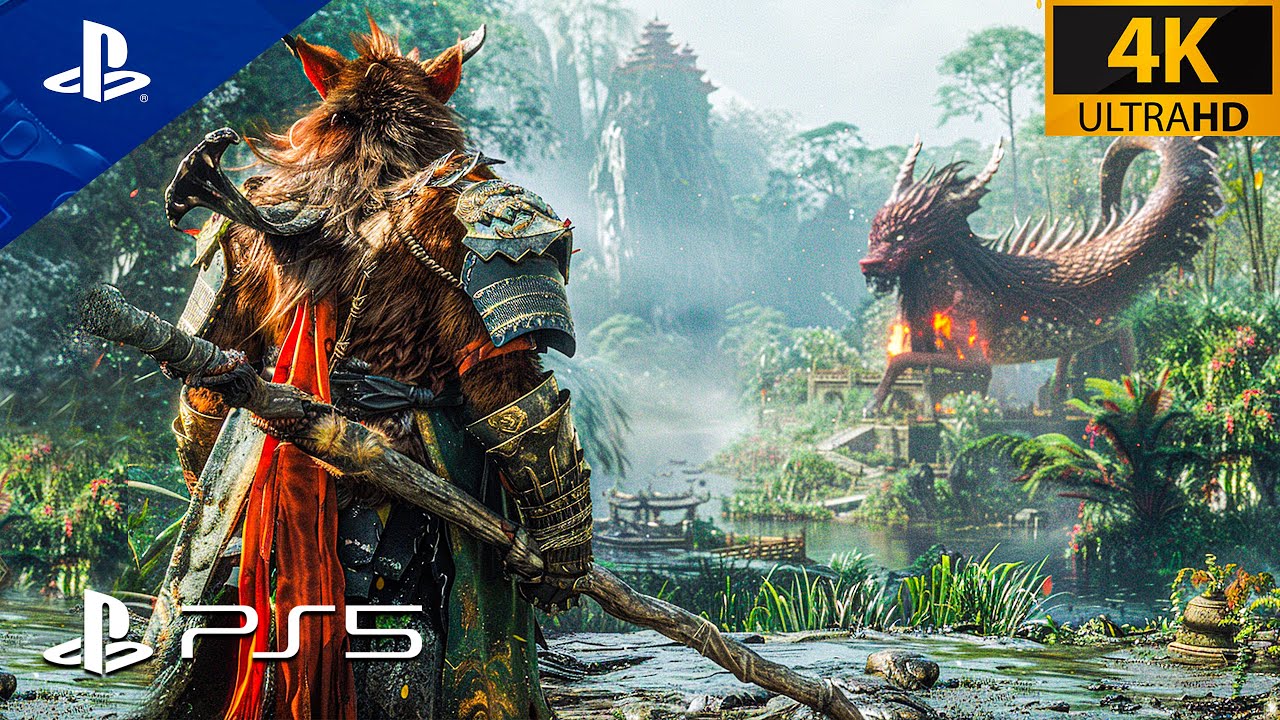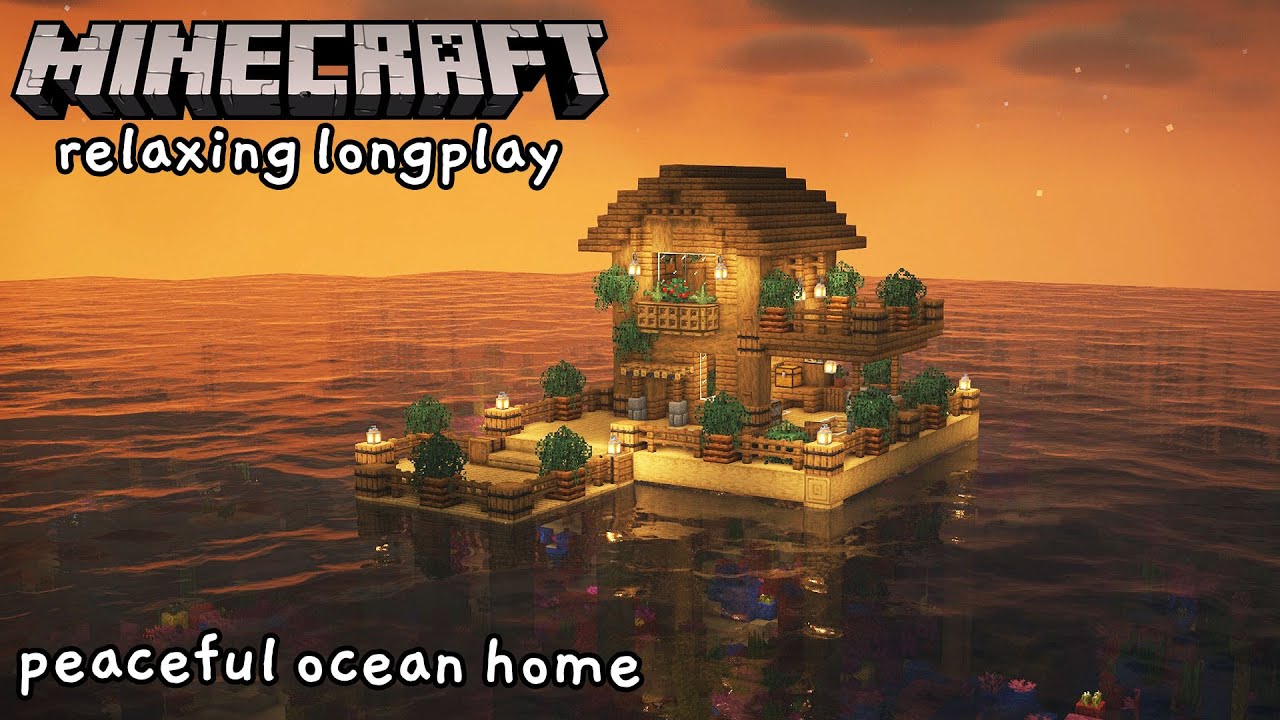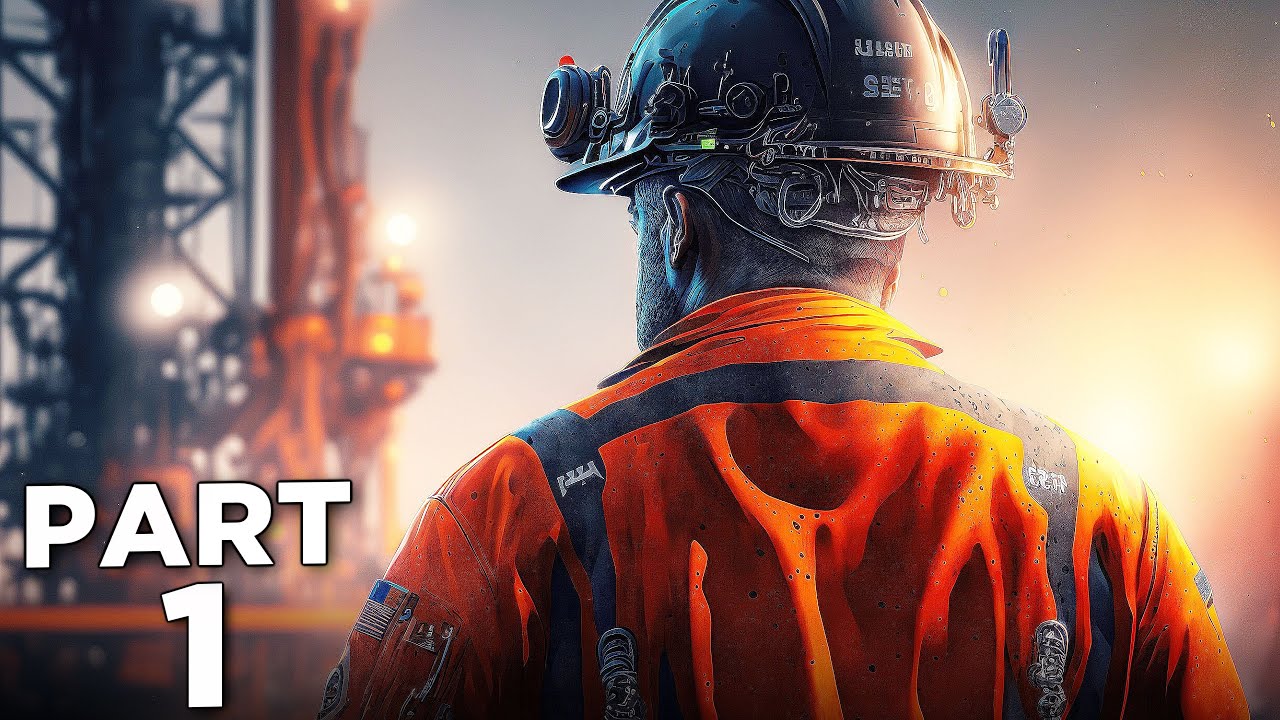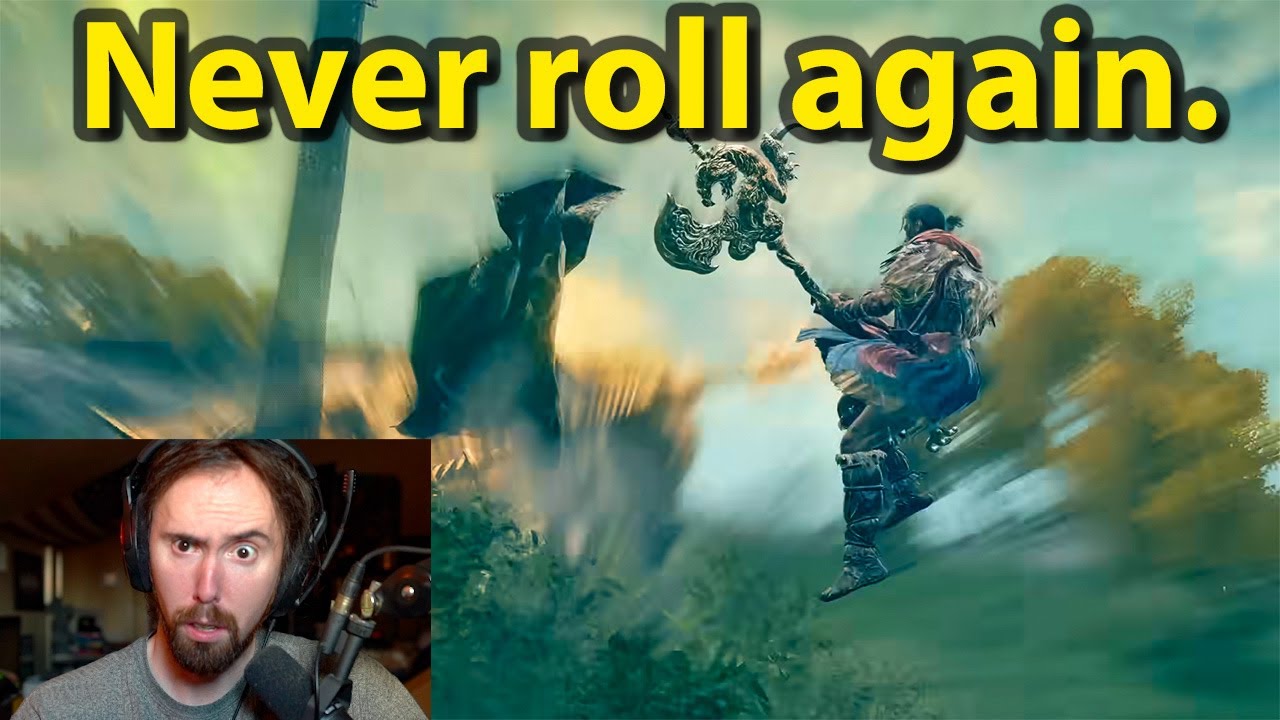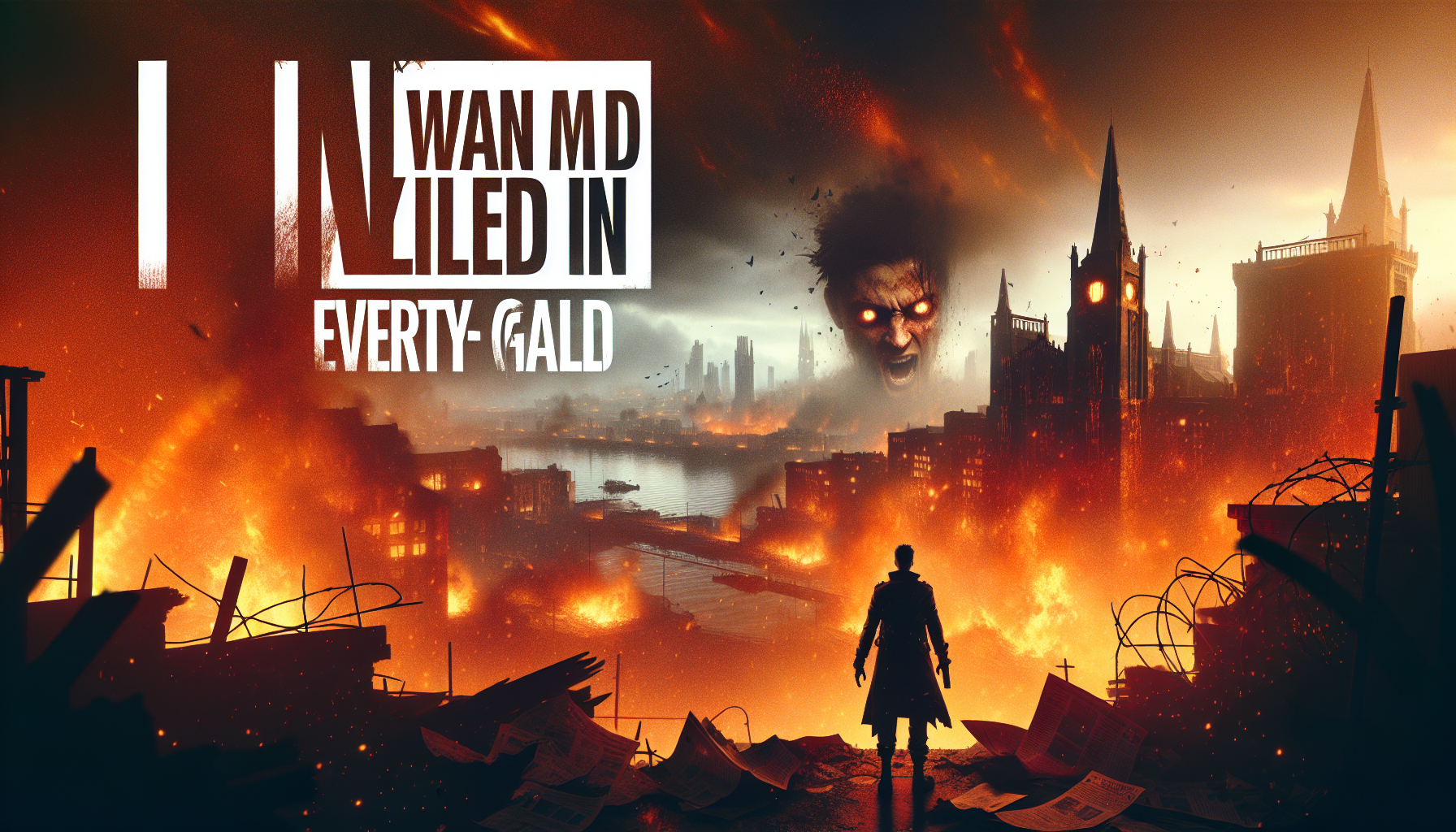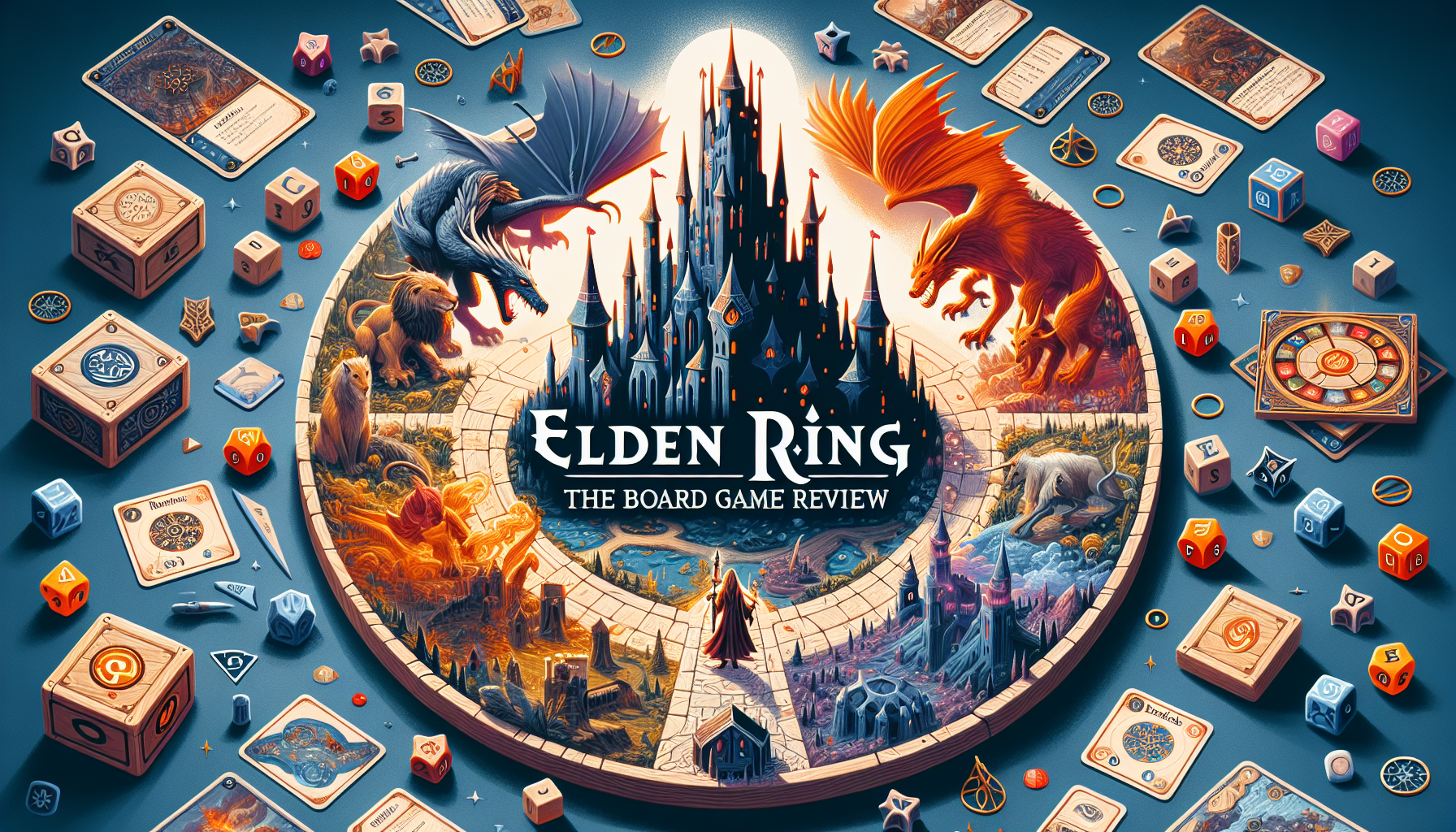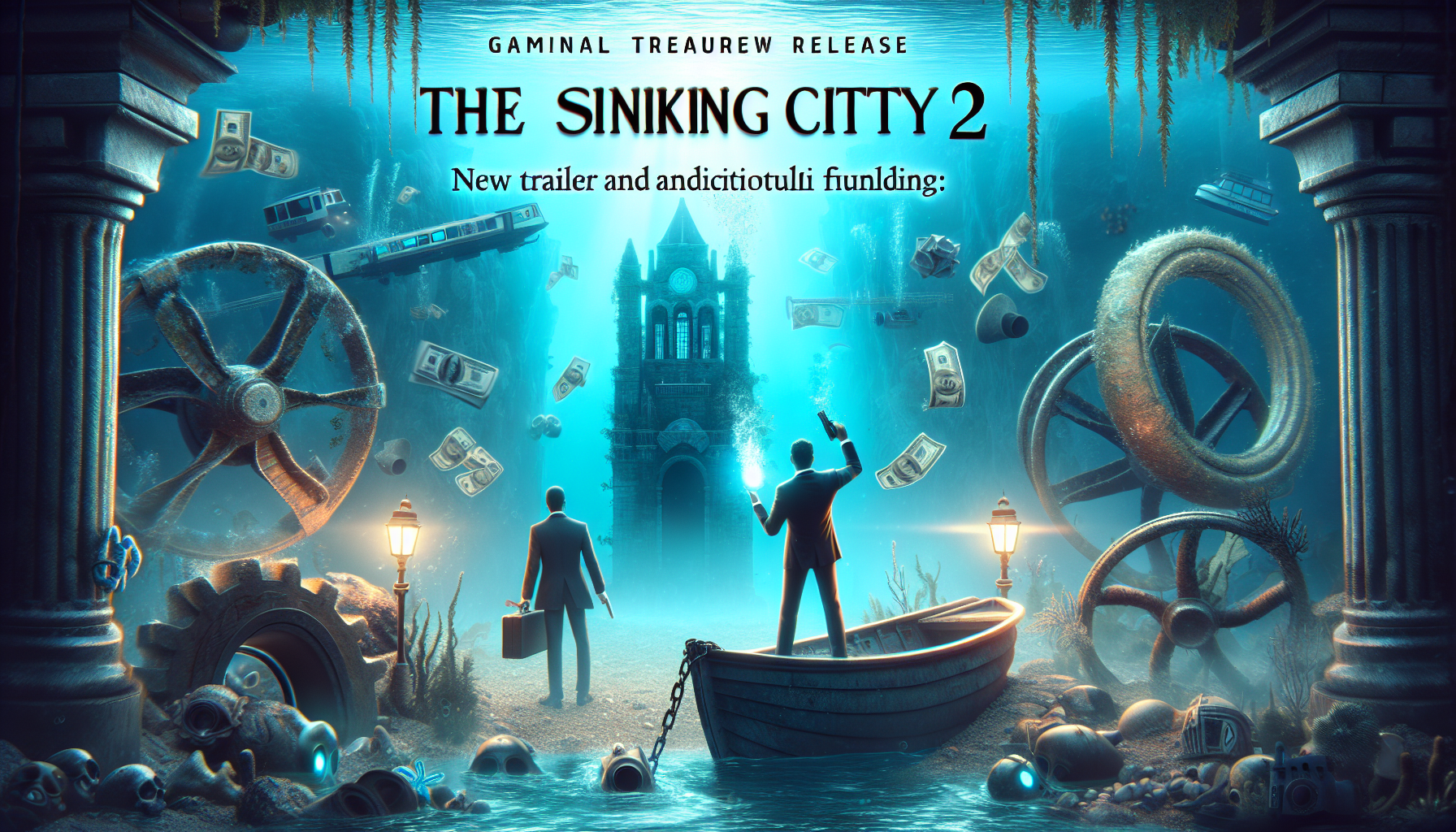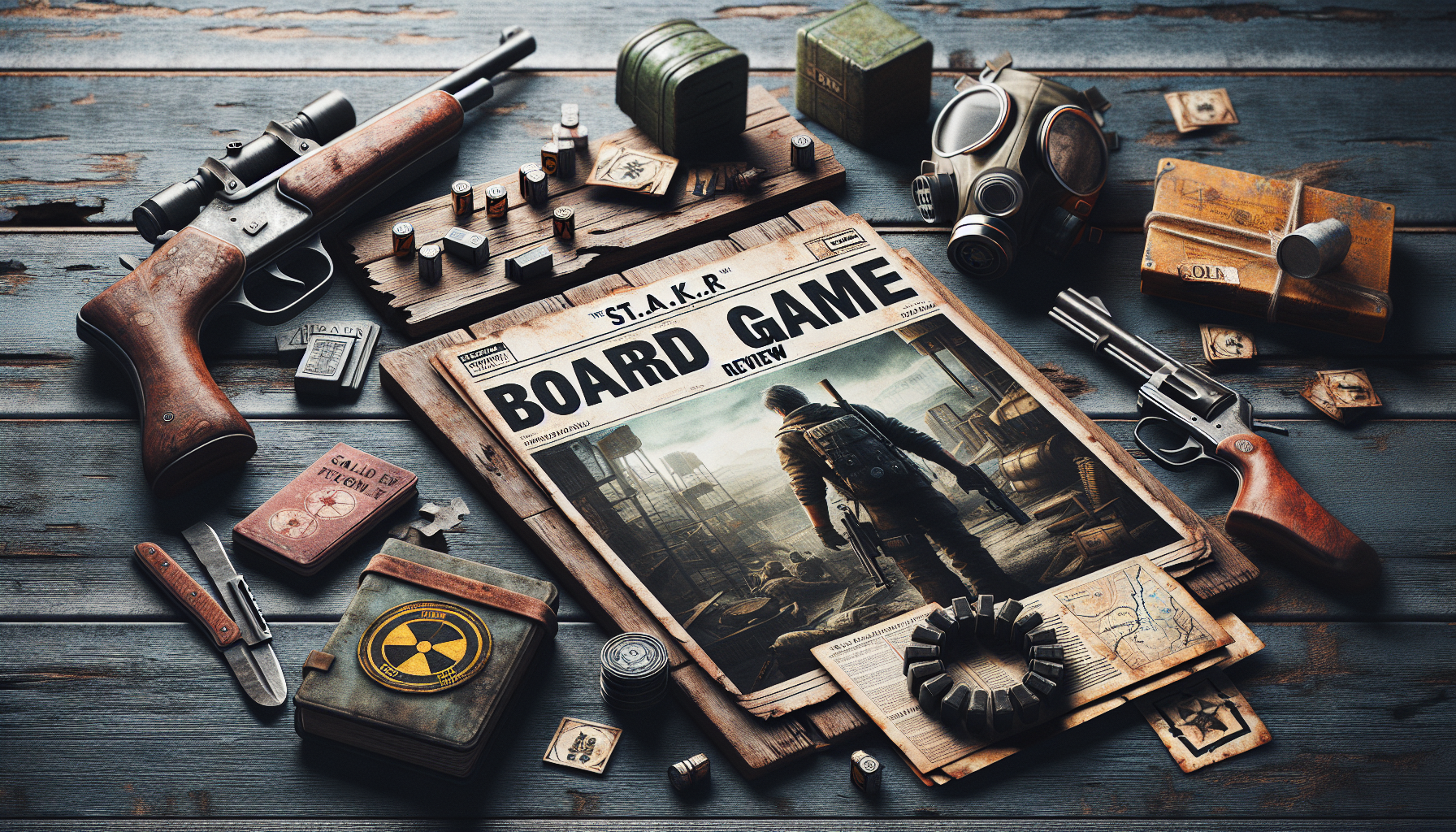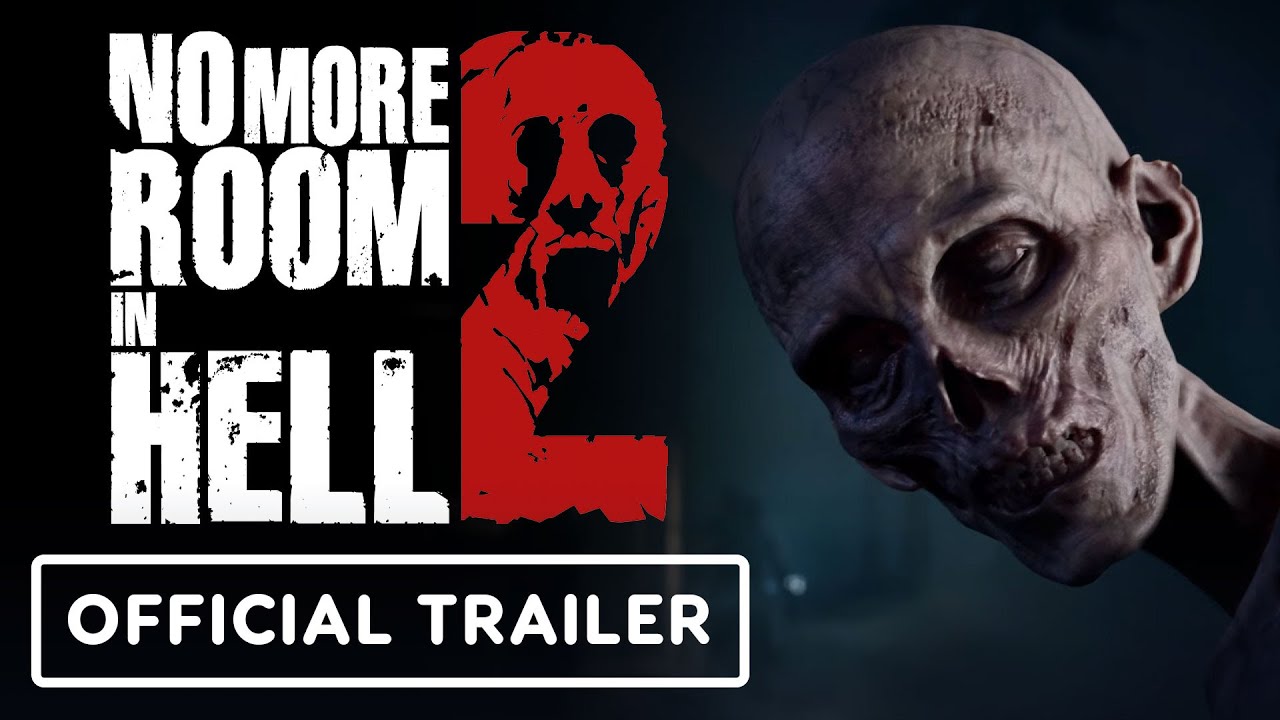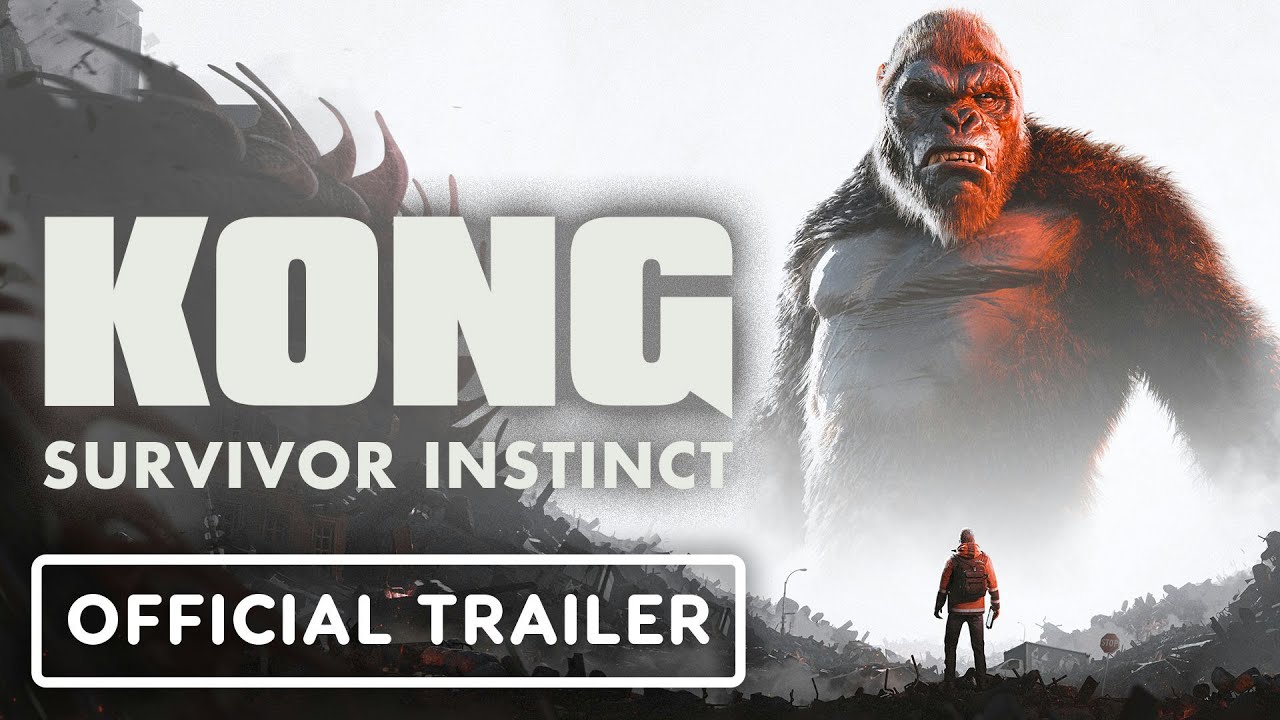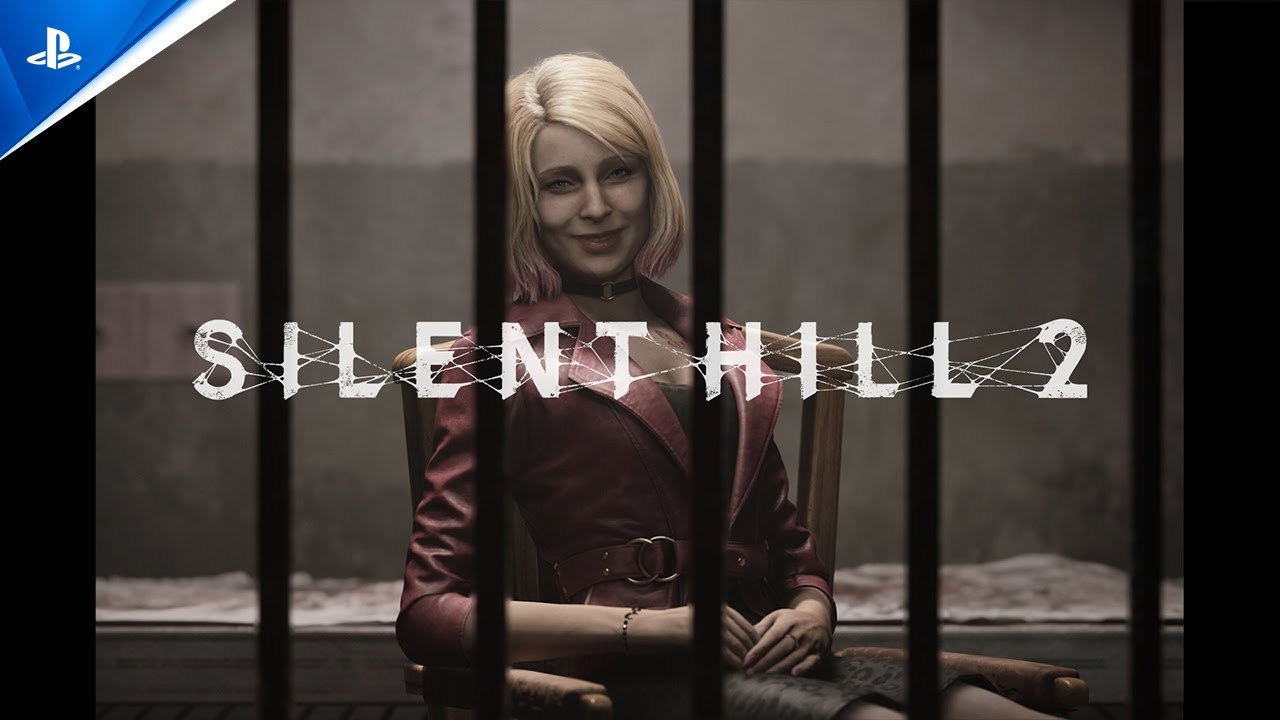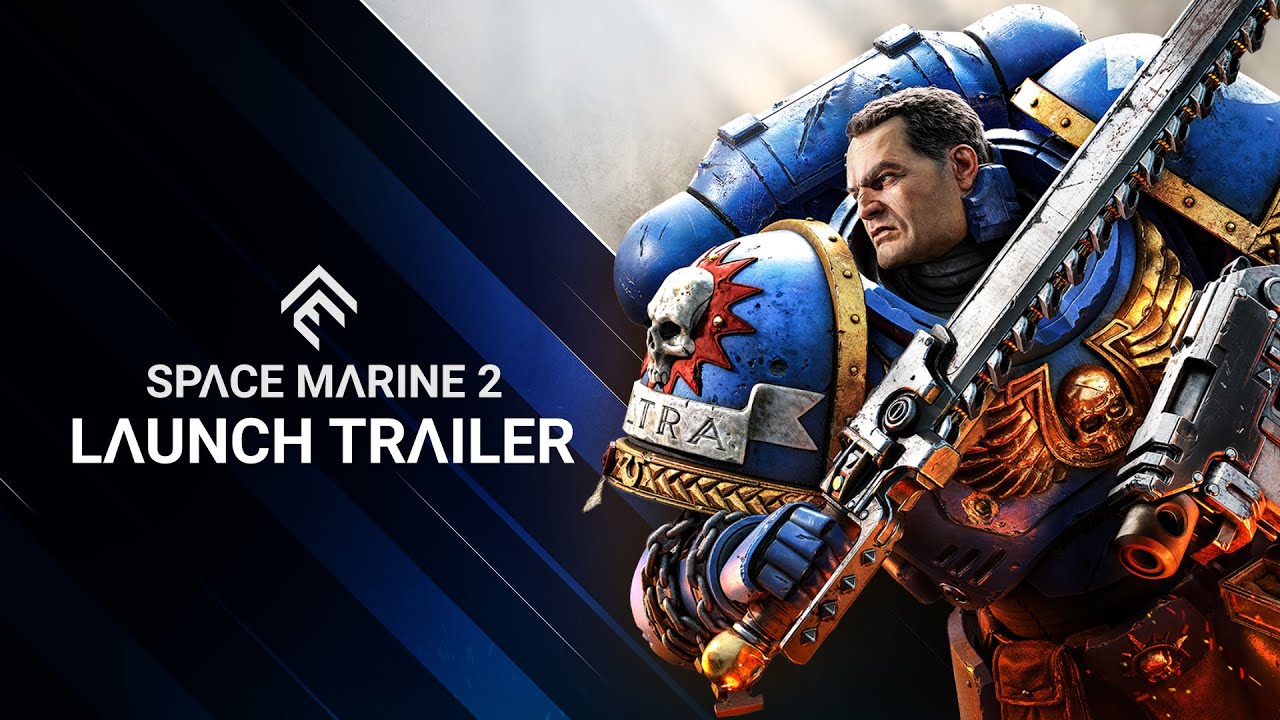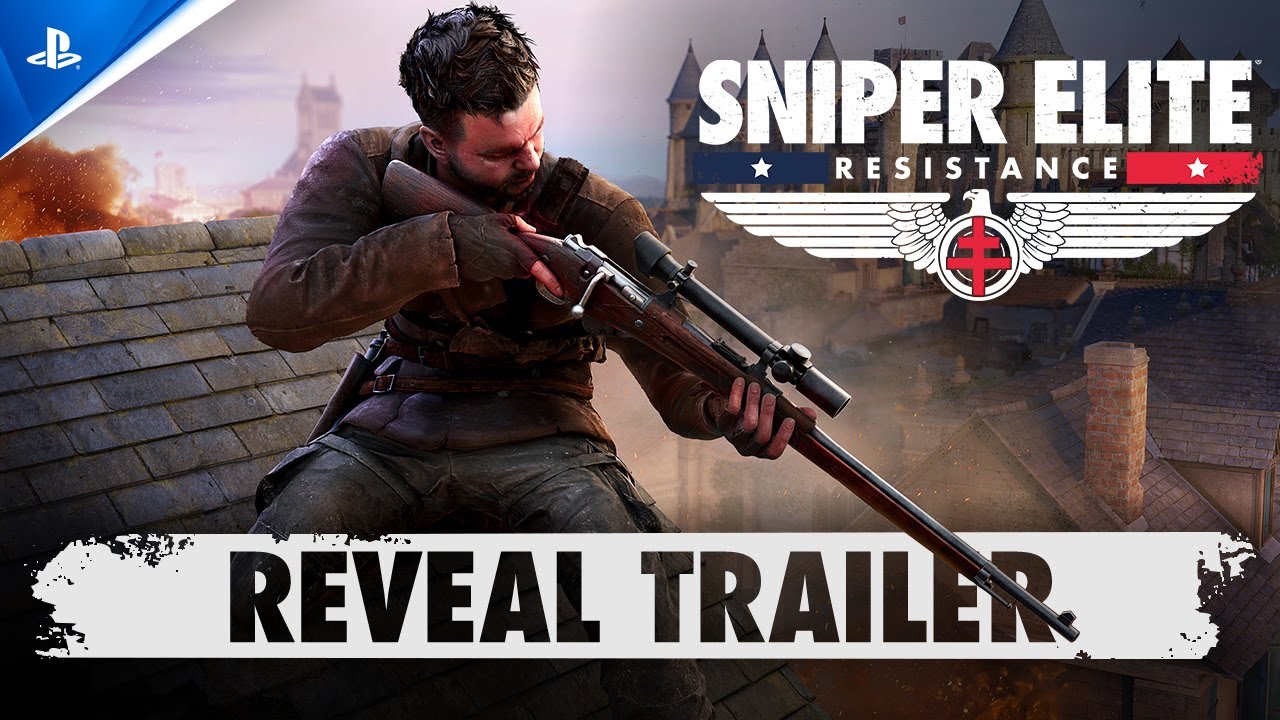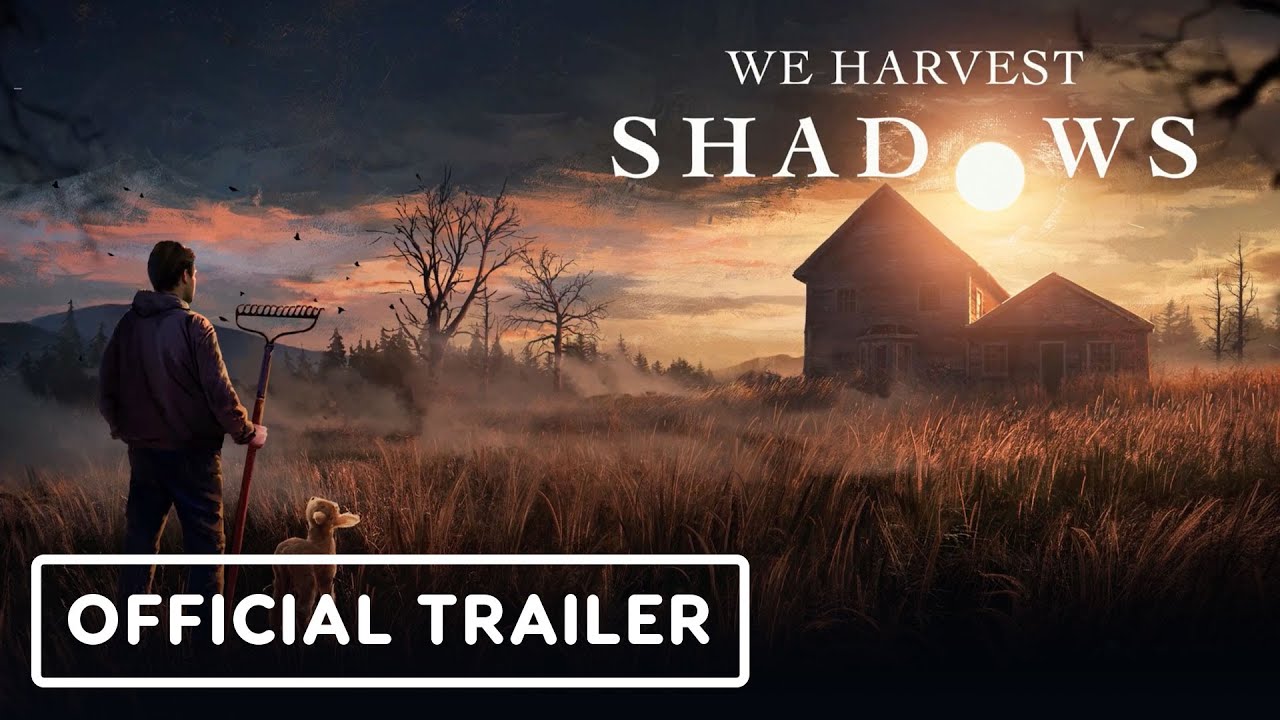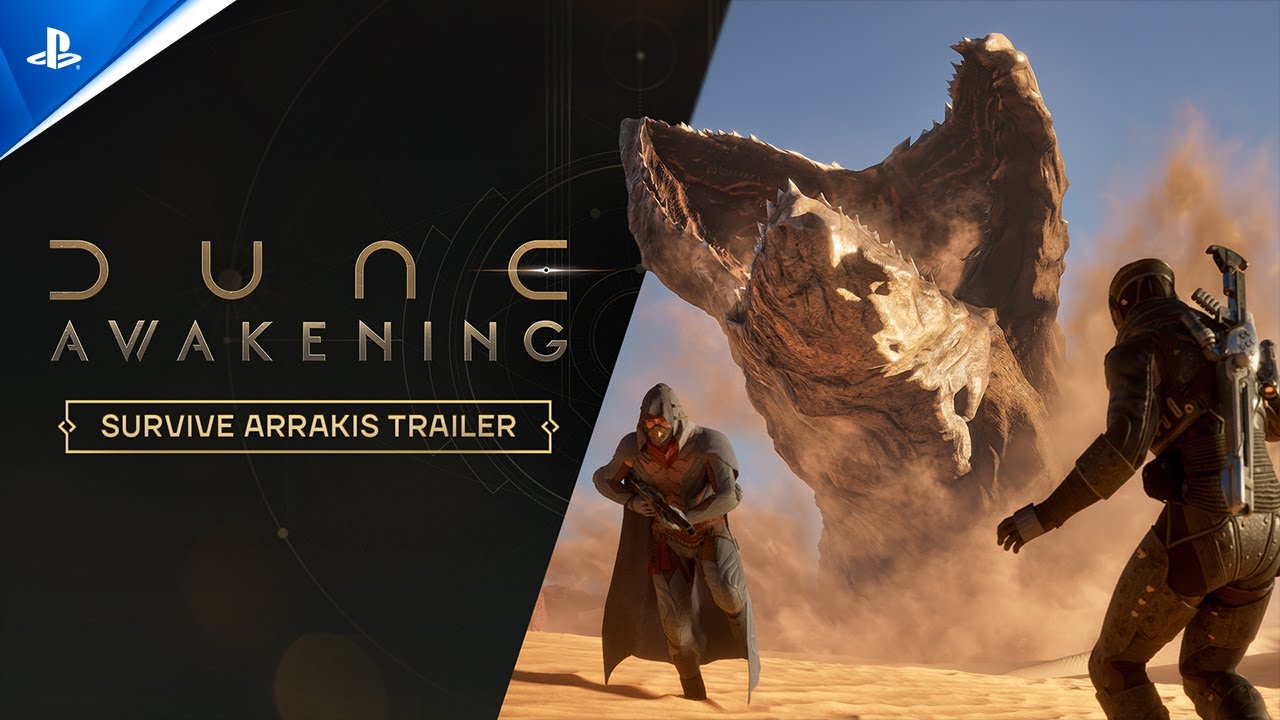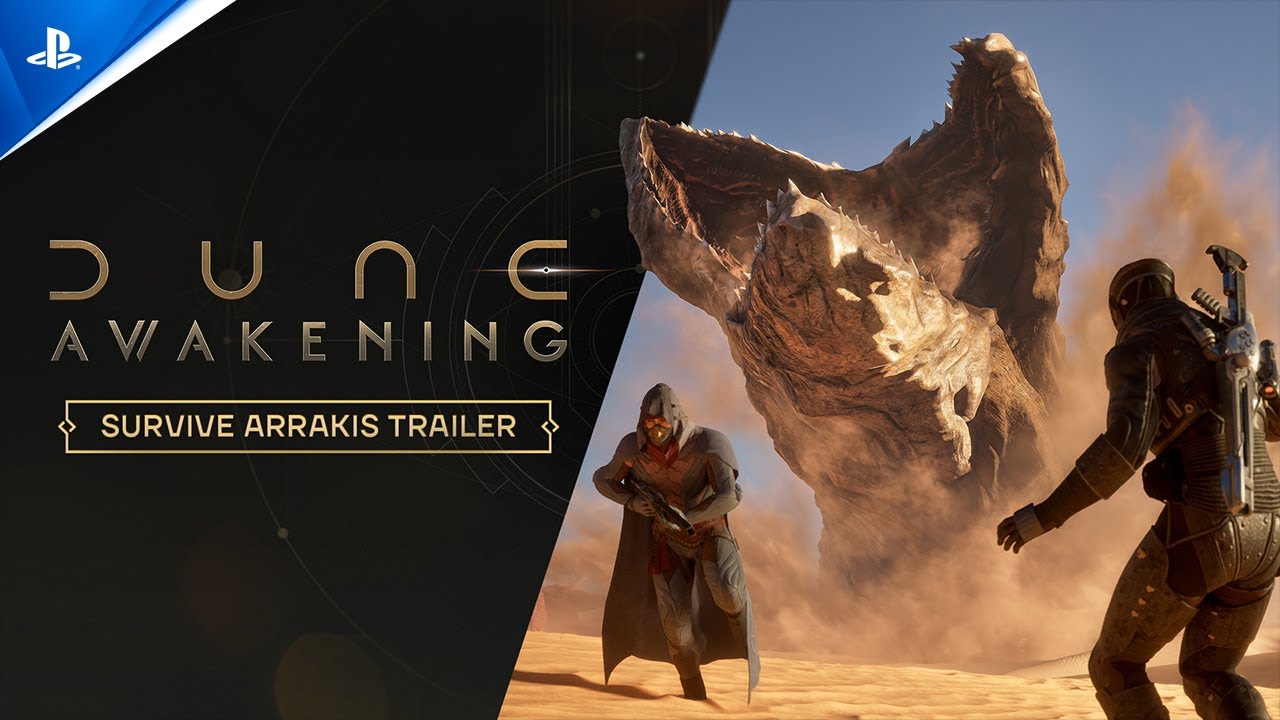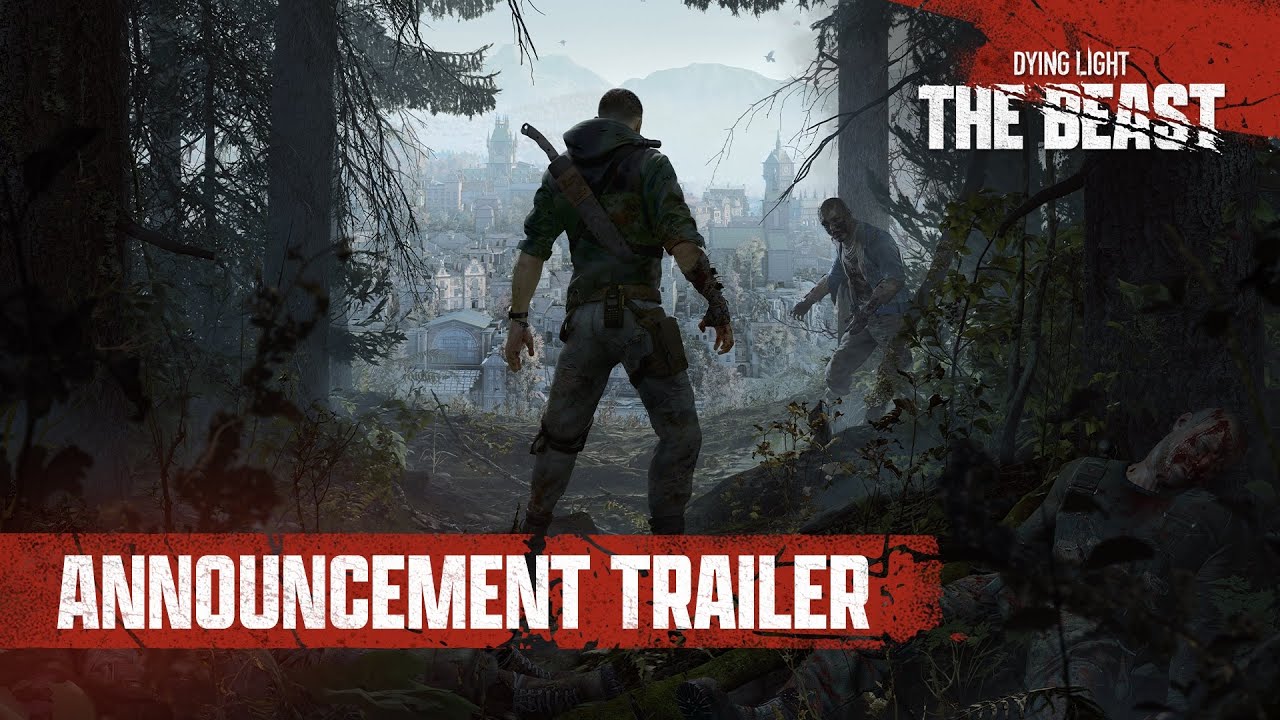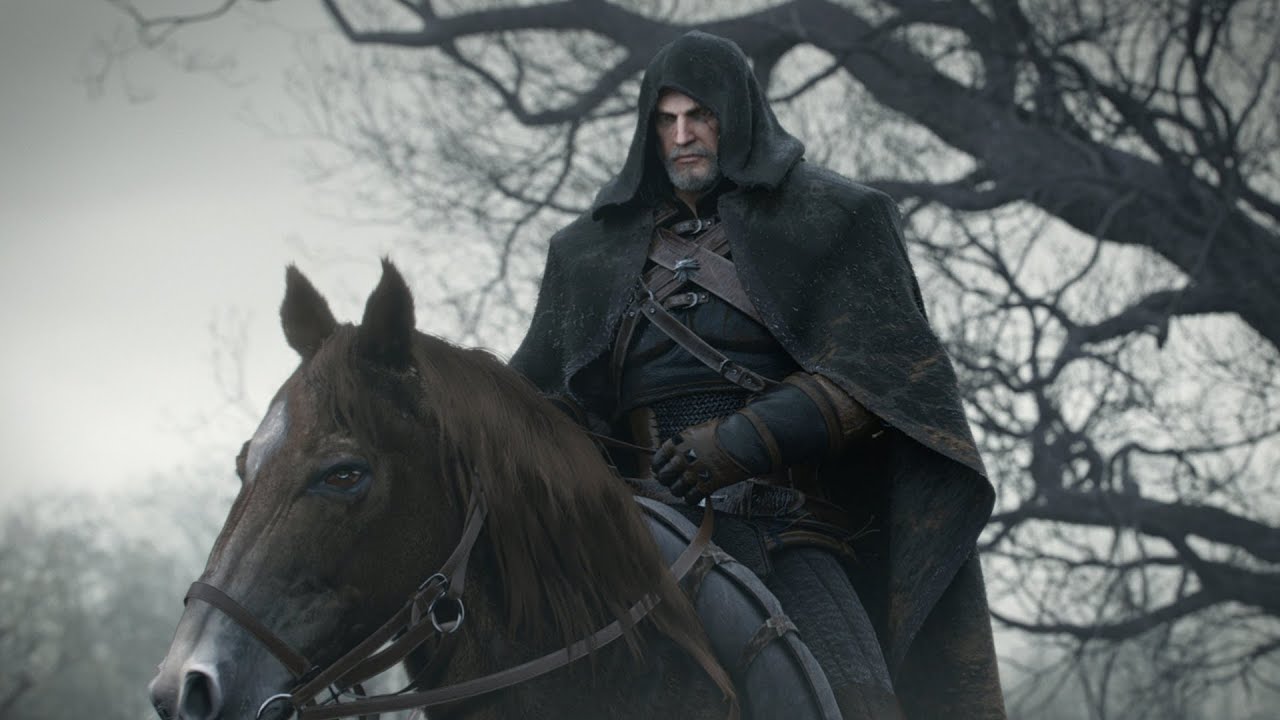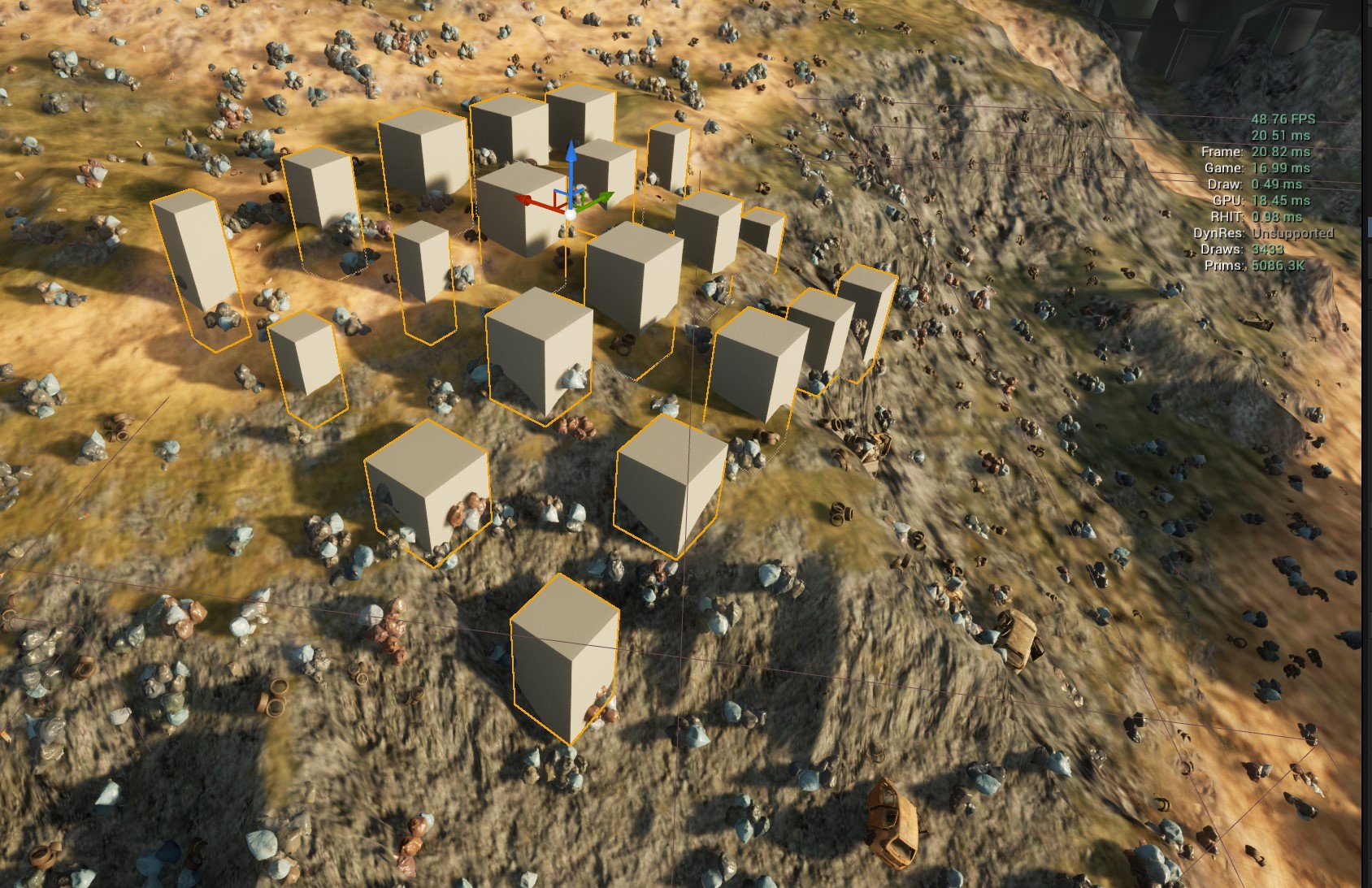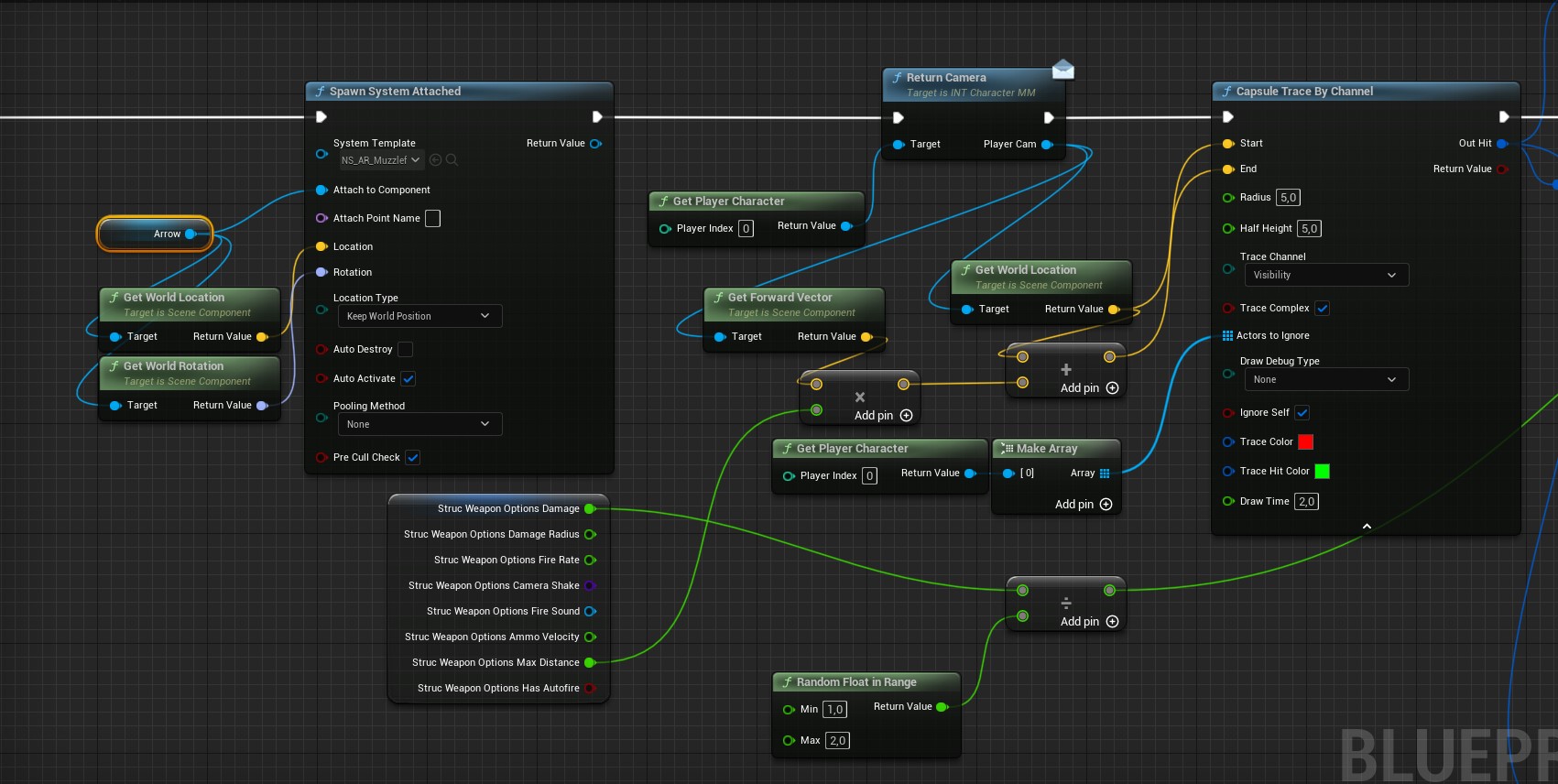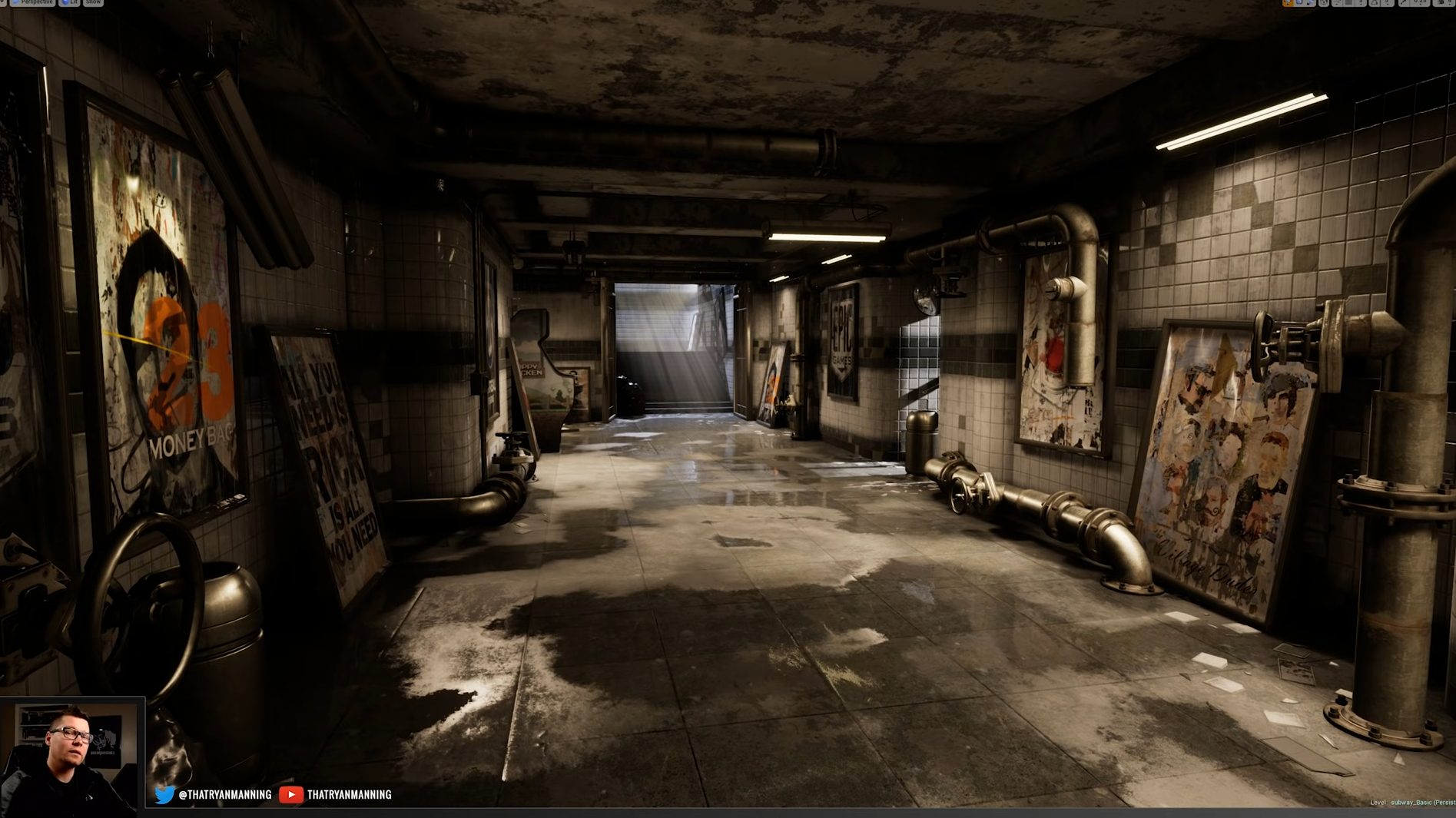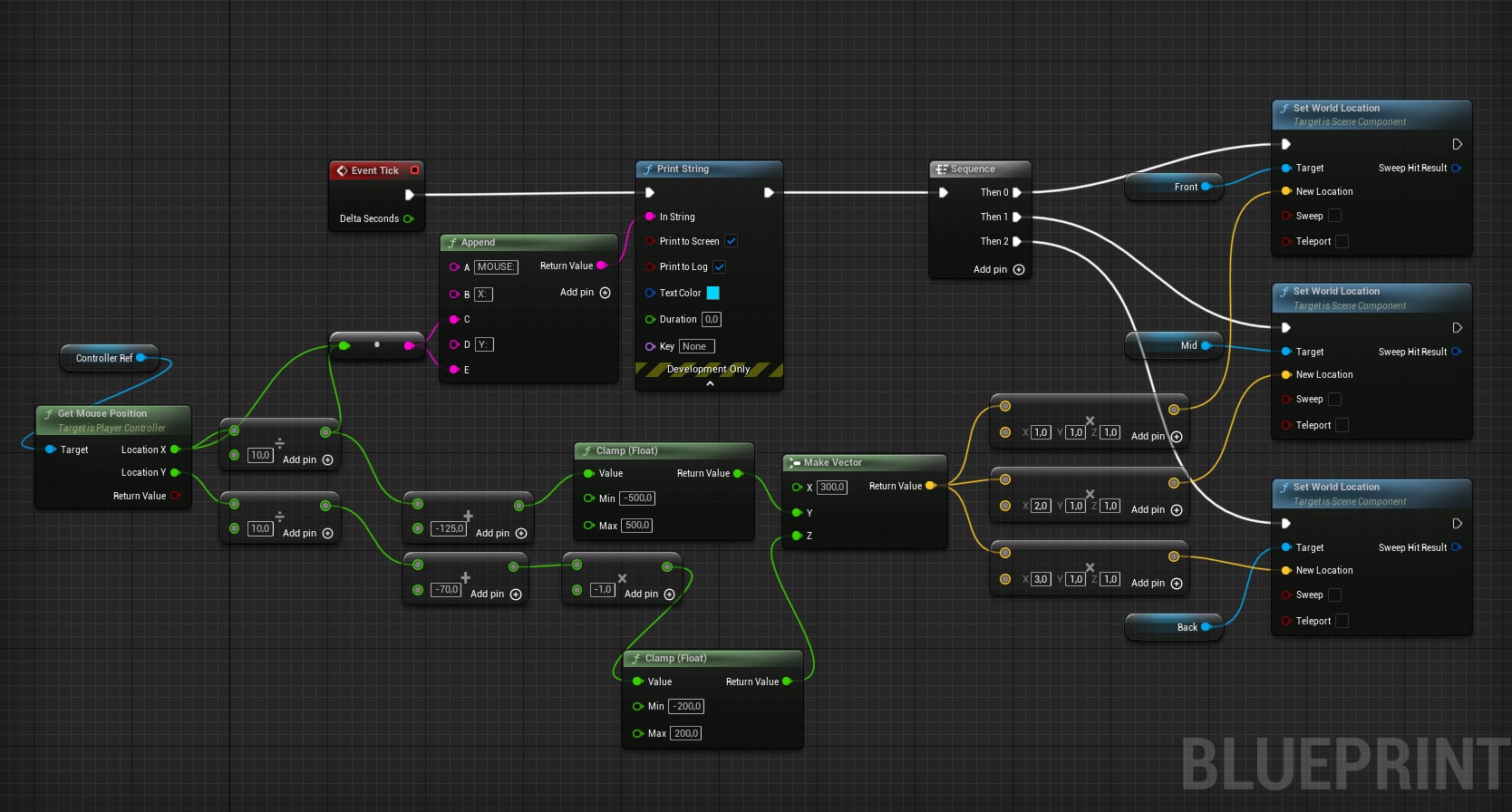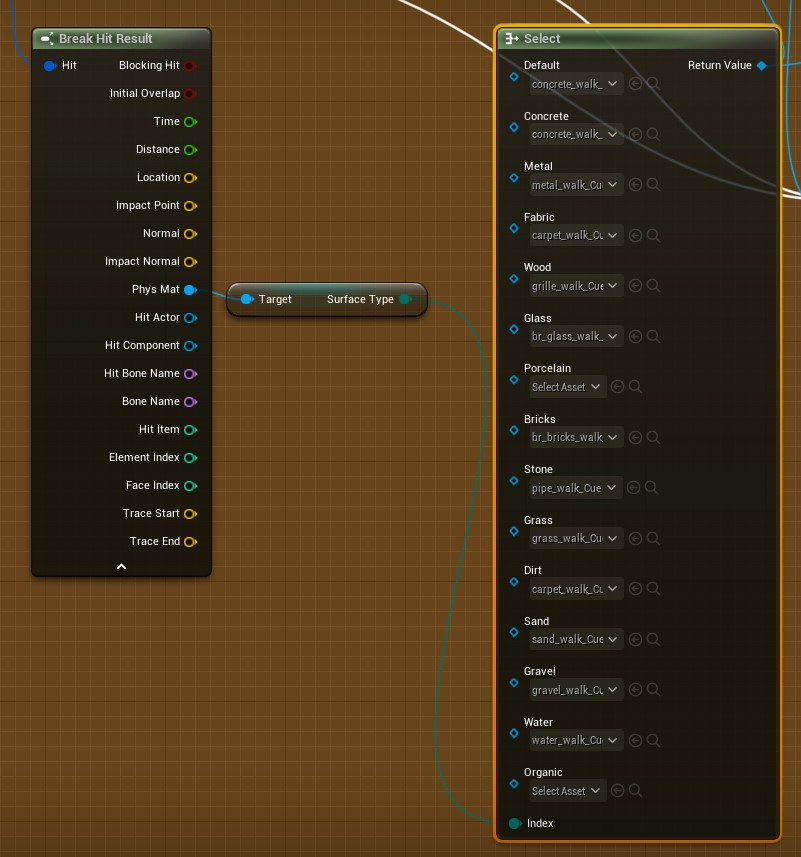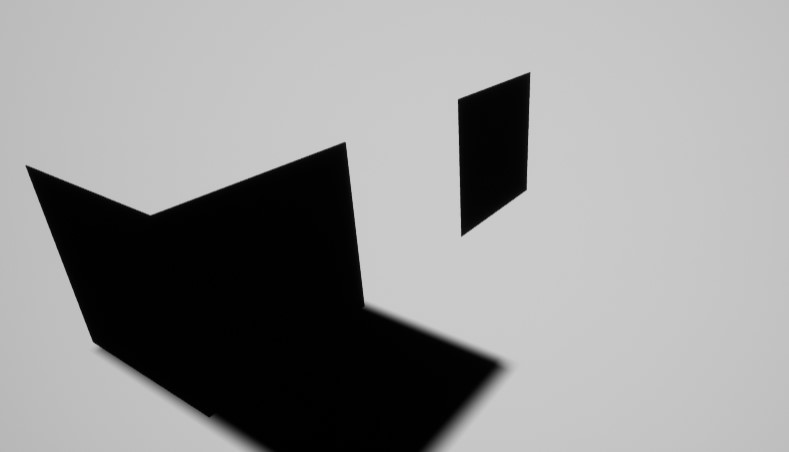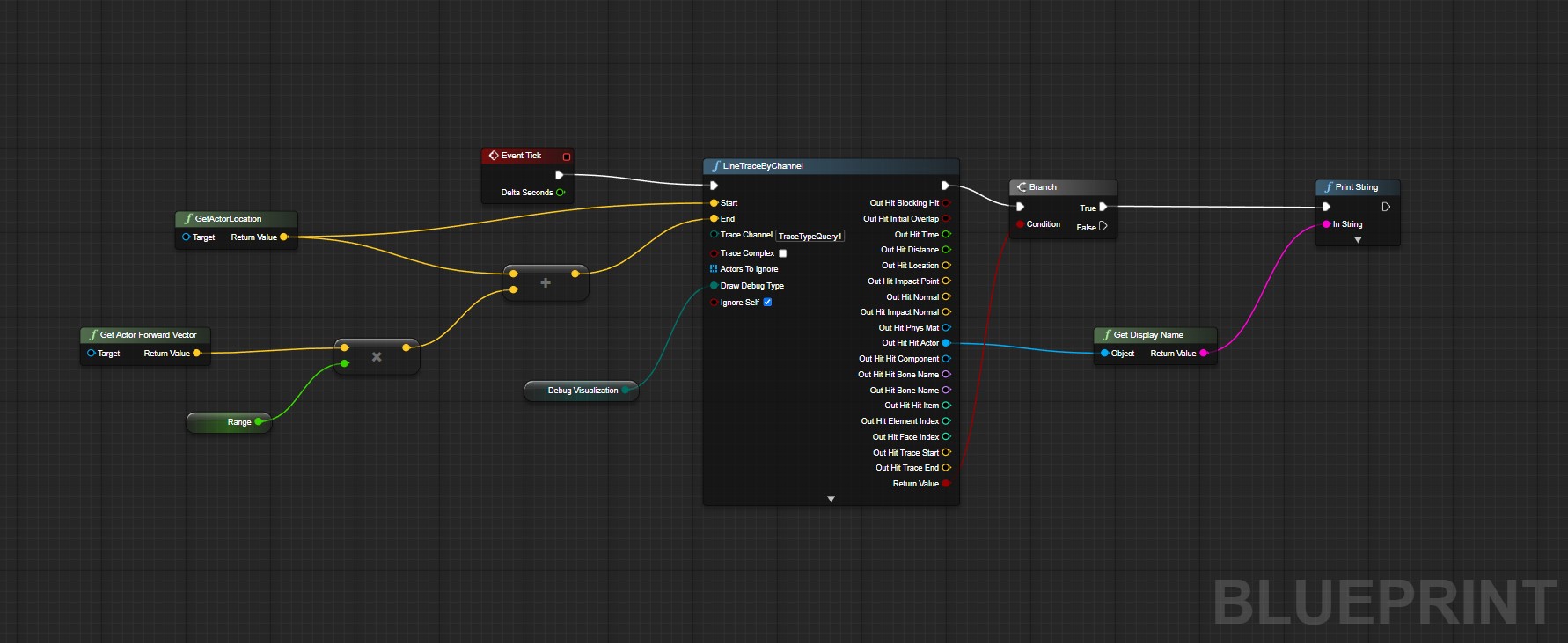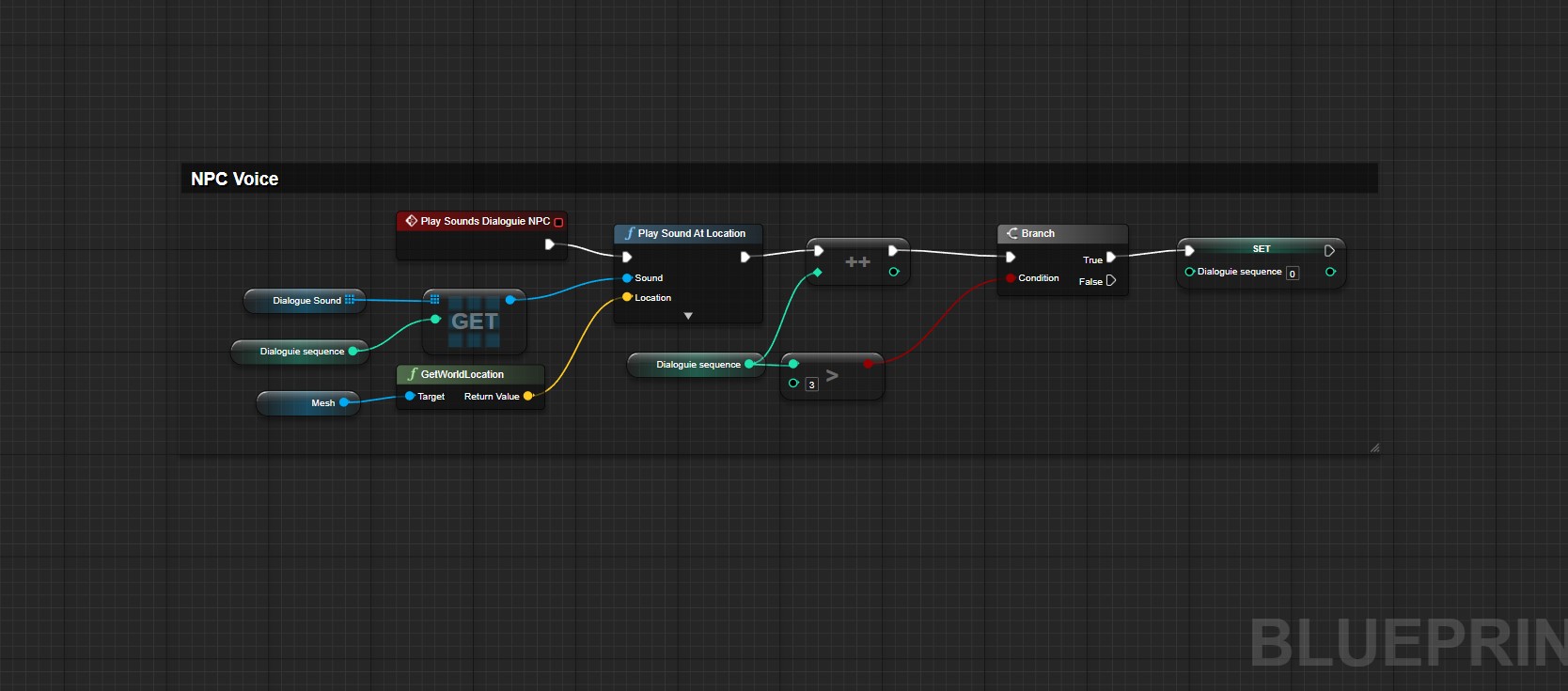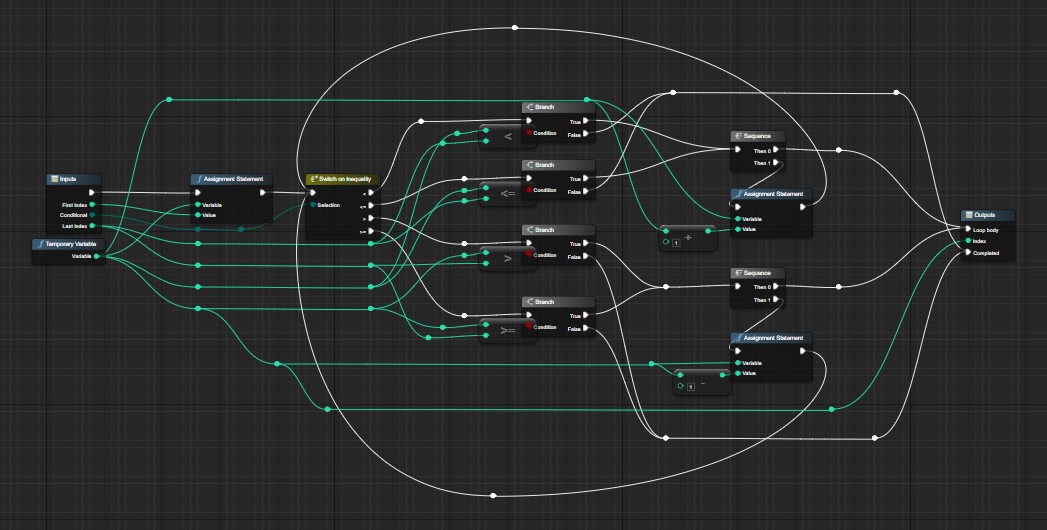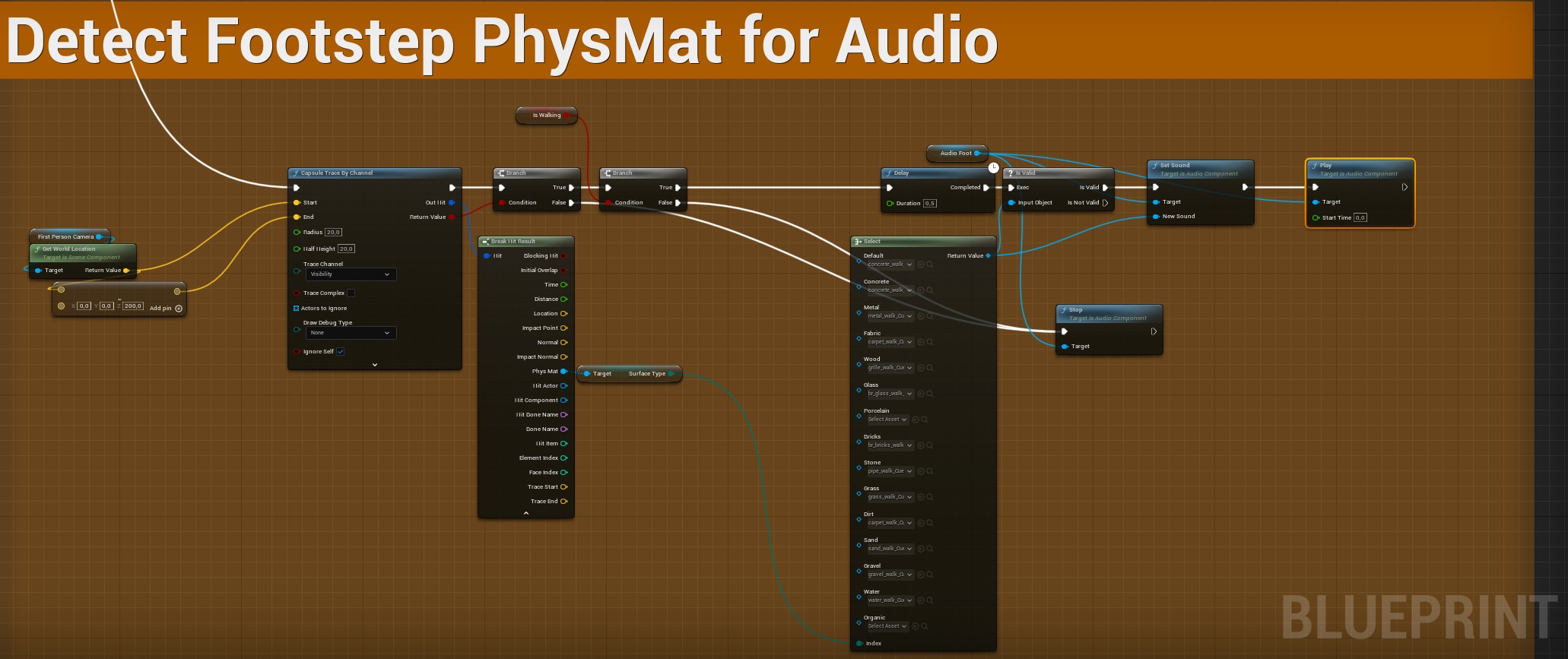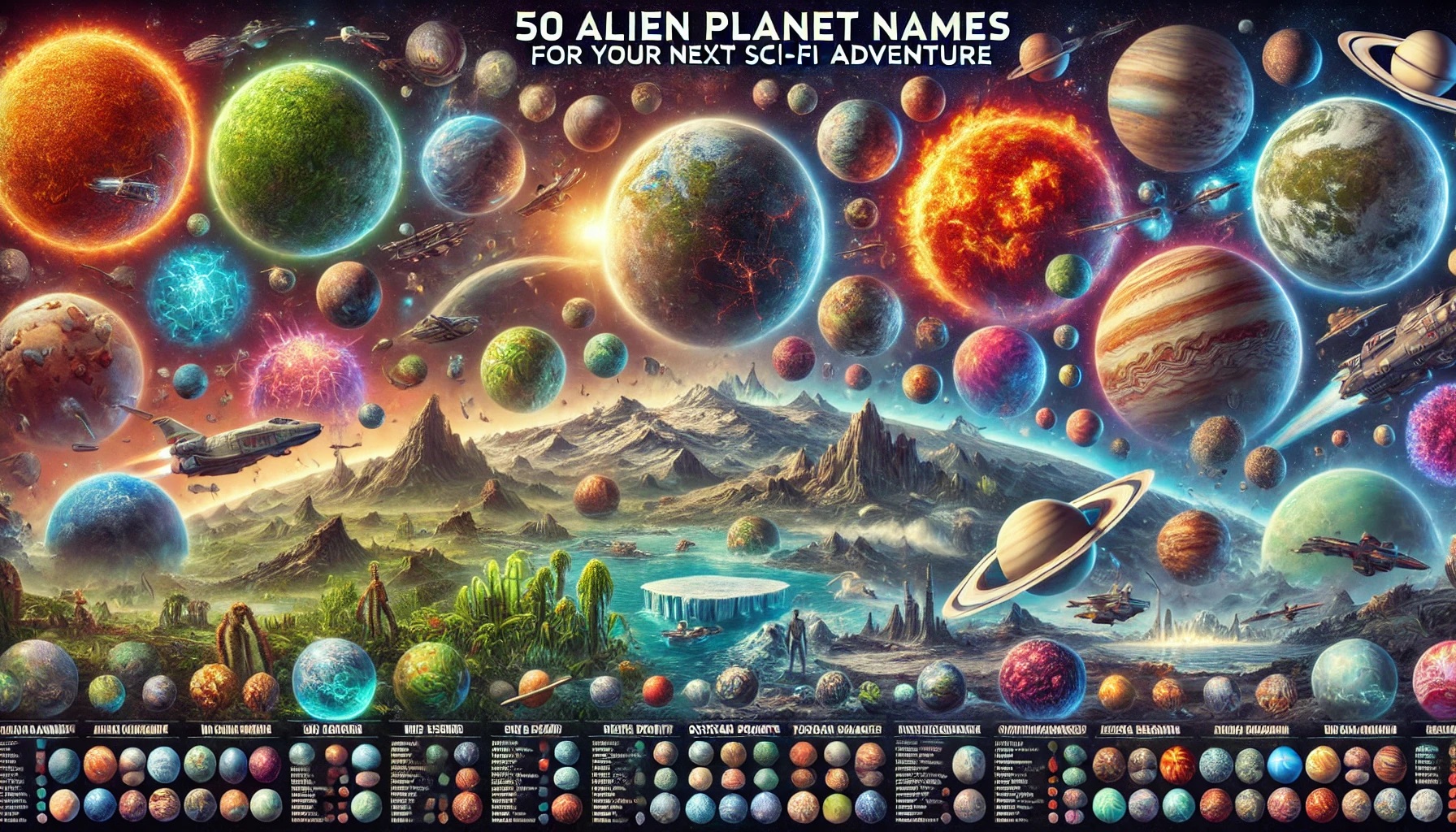In a recent revelation that stirred waves within the gaming community, Andrea Pessino, co-founder of Ready at Dawn, disclosed that their pitch for a sequel to the visually stunning but critically lukewarm action game, The Order: 1886, was turned down by Sony. Released in 2015, The Order: 1886 fascinated players with its unparalleled graphical fidelity, plunging them into a world of werewolves amidst Victorian London. However, the game’s lackluster reviews overshadowed its artistic accomplishments, ultimately leading Sony to reject a continuation. Pessino shared these insights during an interview with MinnMax, candidly expressing the studio’s willingness to “sign [its] life away” to create a sequel purely for the dedicated fanbase. Reflecting on the challenges during the original game’s production, Pessino admitted that working with Sony was fraught with challenges, chiefly due to stringent deadlines and withheld payments over unmet graphical expectations. Ready at Dawn’s sequel proposal, described by Pessino as “incredible,” was an effort to redeem the franchise by expanding on foundations that he believed had great potential. Despite their strained relationship with Sony during the development of the original title, the team was poised to tackle similar obstacles anew, even at great financial risk. “A terrible budget, limited leverage, and a potentially grueling development cycle were hurdles we were ready to accept,” Pessino reflected on the impossible choice faced by the studio. Fueled by the unresolved cliffhanger left by The Order: 1886, fans continue to yearn for a conclusion that now seems indefinitely distant following Ready at Dawn’s closure by owner Meta in 2024. Pessino’s candid recollections cast a somber light on a beloved project that was ultimately stifled by external pressures and critical reproach. IGN’s review of The Order: 1886 underscored the imbalance between its cinematic allure and restrictive gameplay, awarding it a modest 6/10. Yet, the stories and aspirations frozen in the potential sequel remain a testament to a creative spirit unyielded by criticisms. With this chapter closed one can’t help but ponder what might have been, as the industry continues to evolve, perhaps someday players will witness the return of this ambitious universe under new circumstances. Until then, fans and developers alike speculate and reflect on the collaborative challenges between creativity and corporate expectations that can shape the destiny of a game.
UMBRA AI
- Crypto
- Gaming
Gameplay Videos
GUIDES
NEWS
- Game Development
UE Tutorials
Articles
Featured, Featured - Game Dev, Featured - Gaming, Game Development, Gaming, Gaming News
3D Modeling, Game Content
Game Content, Game Development
Audio Design, Blueprints, Game Content, Game Development, Unreal Engine
Dev AI Tools, Featured, Featured - Game Dev, Game Development, Plugins, Tools, Unreal Engine
- AI Entertainment
© Copyright 2012 – 2020 | Zero Umbra Studios | Terms of Service | Privacy policy | Cookies



